Best 50-inch TVs 2025: 3 fantastic sets tried, tested and recommended
Of all the 50-inch TVs our experts have tested, these are the best
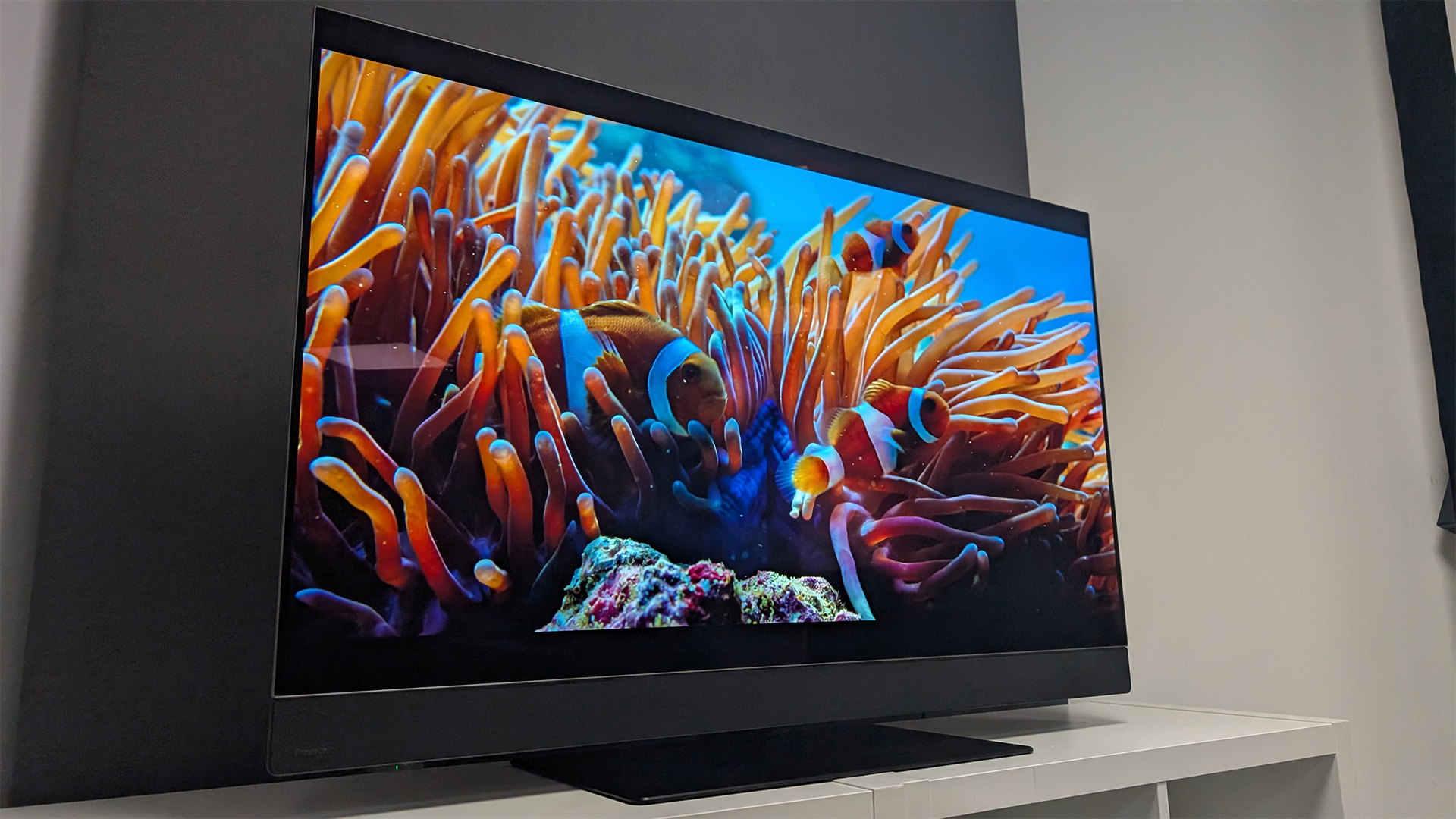
Not everyone has the space, or desire, to accommodate a giant 65-inch or 55-inch TV in their living room.
And that can be a problem for buyers. Although many review sites pretend that every size of a TV line performs the same, there can be big differences between larger and smaller models. That’s why What Hi-FI? tries to review multiple sizes of every TV family, wherever possible.
The good news is that this year our reviewers have found a number of top end 48-inch OLEDs to recommend, as well as a diamond in the rough, stellar-value Mini LED that’s ideal for buyers on a budget.
You can click here to find out more about how we test TVs, and if you're looking for a wider range of TVs, also check out our guides to the best TVs, best OLED TVs and best Mini LED TVs.
The quick list
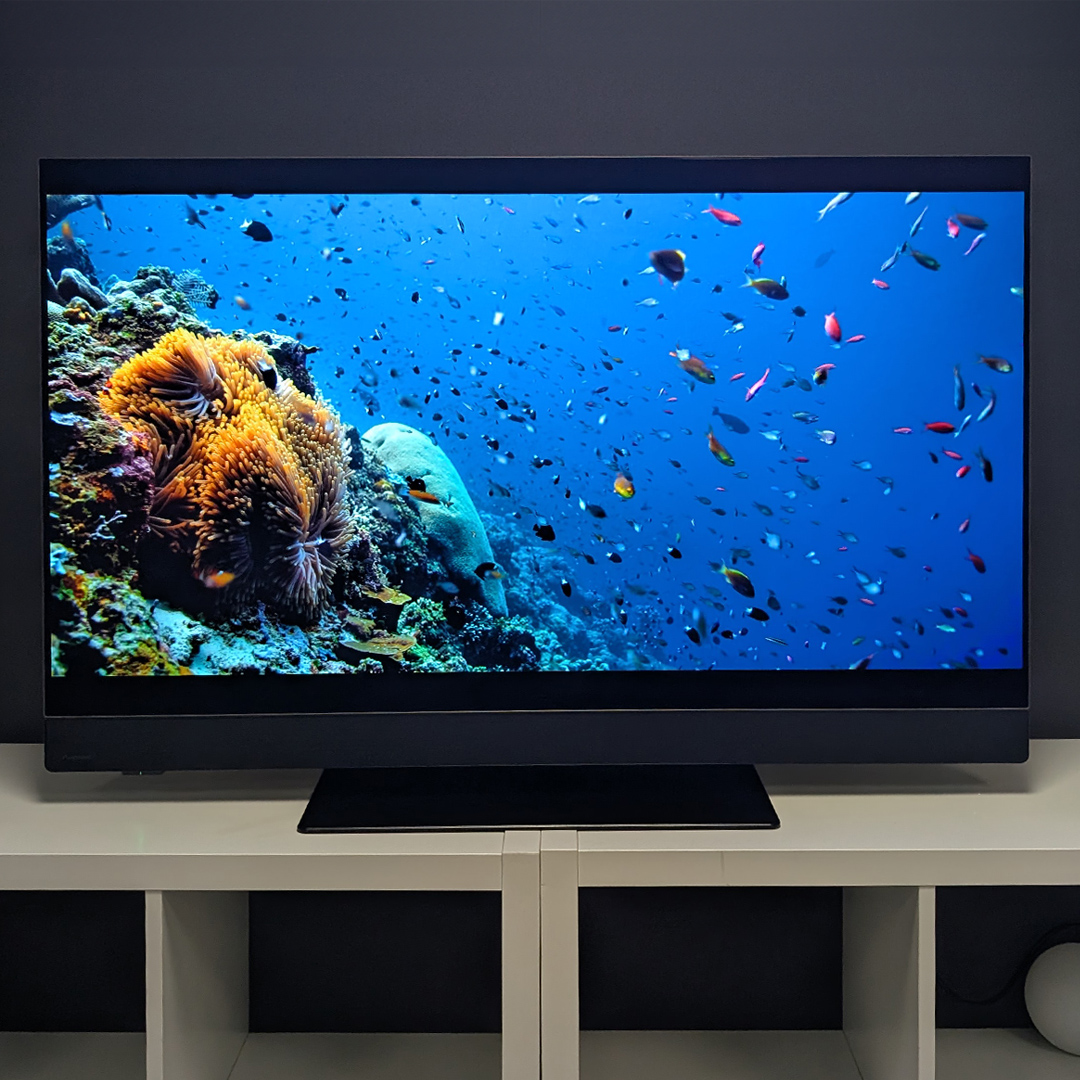
Best overall
If you want a balanced, mature and immersive movie experience, the Z90B is the best 48-inch option we have tested.
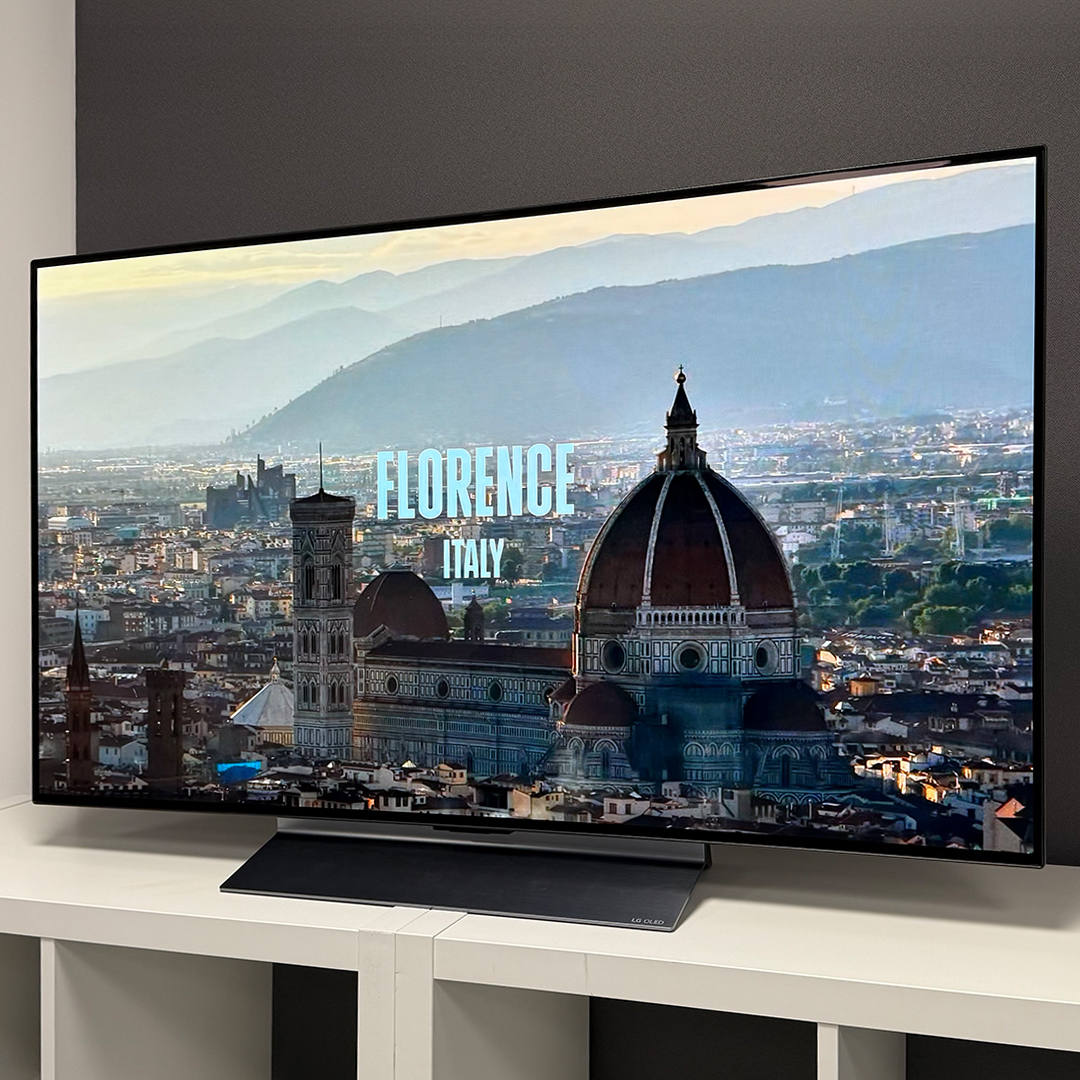
Best for gamers
It’s not quite as balanced as the Z90B, but for gamers the 48-inch LG C5’s flawless specifications make it the best option right now.
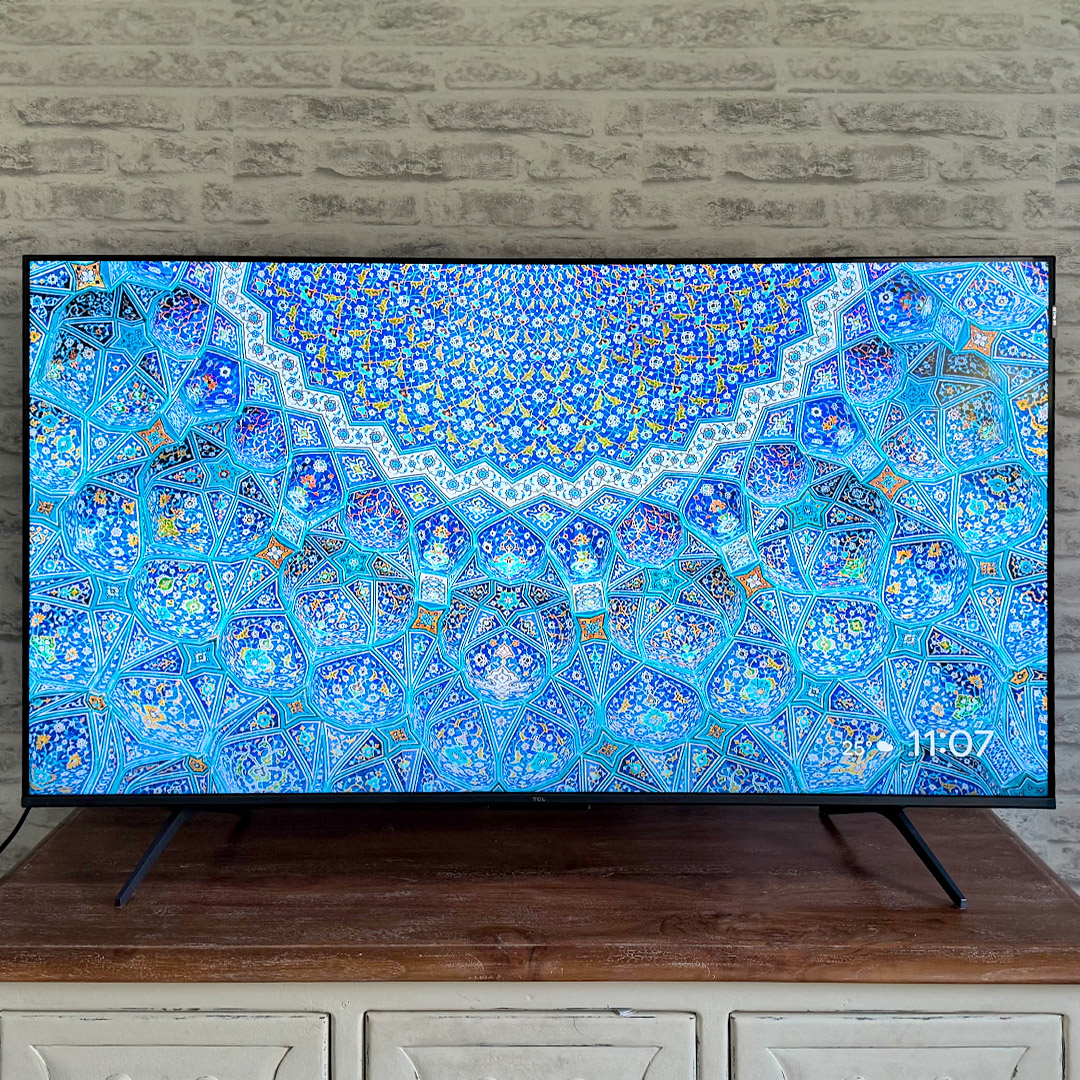
Best for sound
Good cheap TVs are rare, even at this size, which is why the 50-inch TCL C6KS is such a great find and our current recommendation for buyers on a strict budget.
October 2025
After finishing this year's What Hi-Fi? Awards 2025 product testing, we've completely rewritten this page adding our latest advice. These include new recommendations based on our latest reviews as well as a completely updated list of sets to also consider if our three main options don't meet your specific tastes.

I’ve been testing TVs for 18 years, and 50 inches is always one of the trickiest sizes to test. This is because it’s the middle option in most lines, being too big to be described as a second TV for most homes, but too small to fit into the big screen category. It’s also one of the most prevalent, with most uber-affordable LCD lines offering a 50-inch option and OLEDs a slightly smaller 48-inch option. It’s one of the trickiest sizes to buy, especially by our hallowed performance-per-pound metric, as a result – which is also why the team and I make sure to properly test them whenever we get them into our viewing rooms.
Best overall
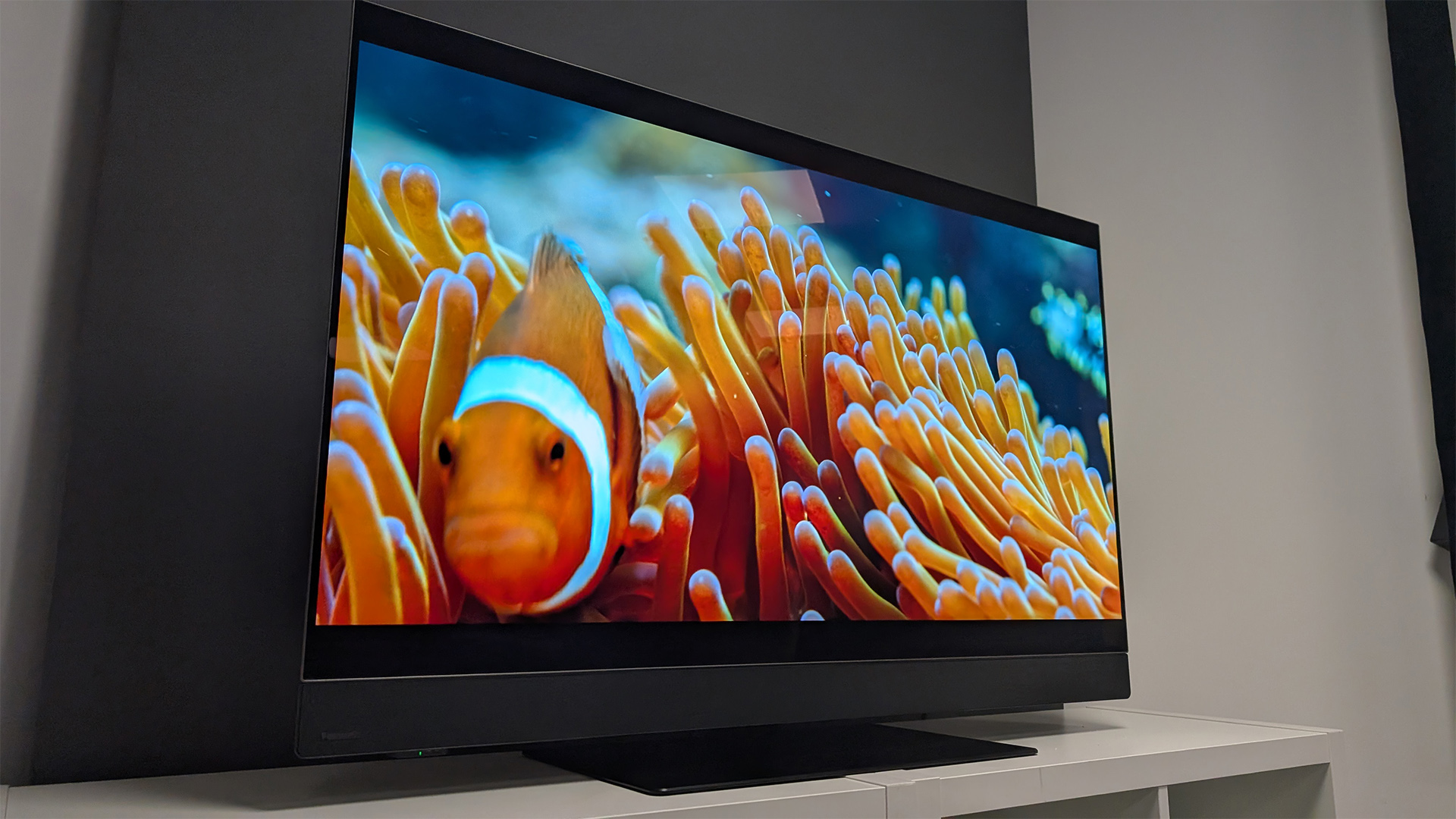
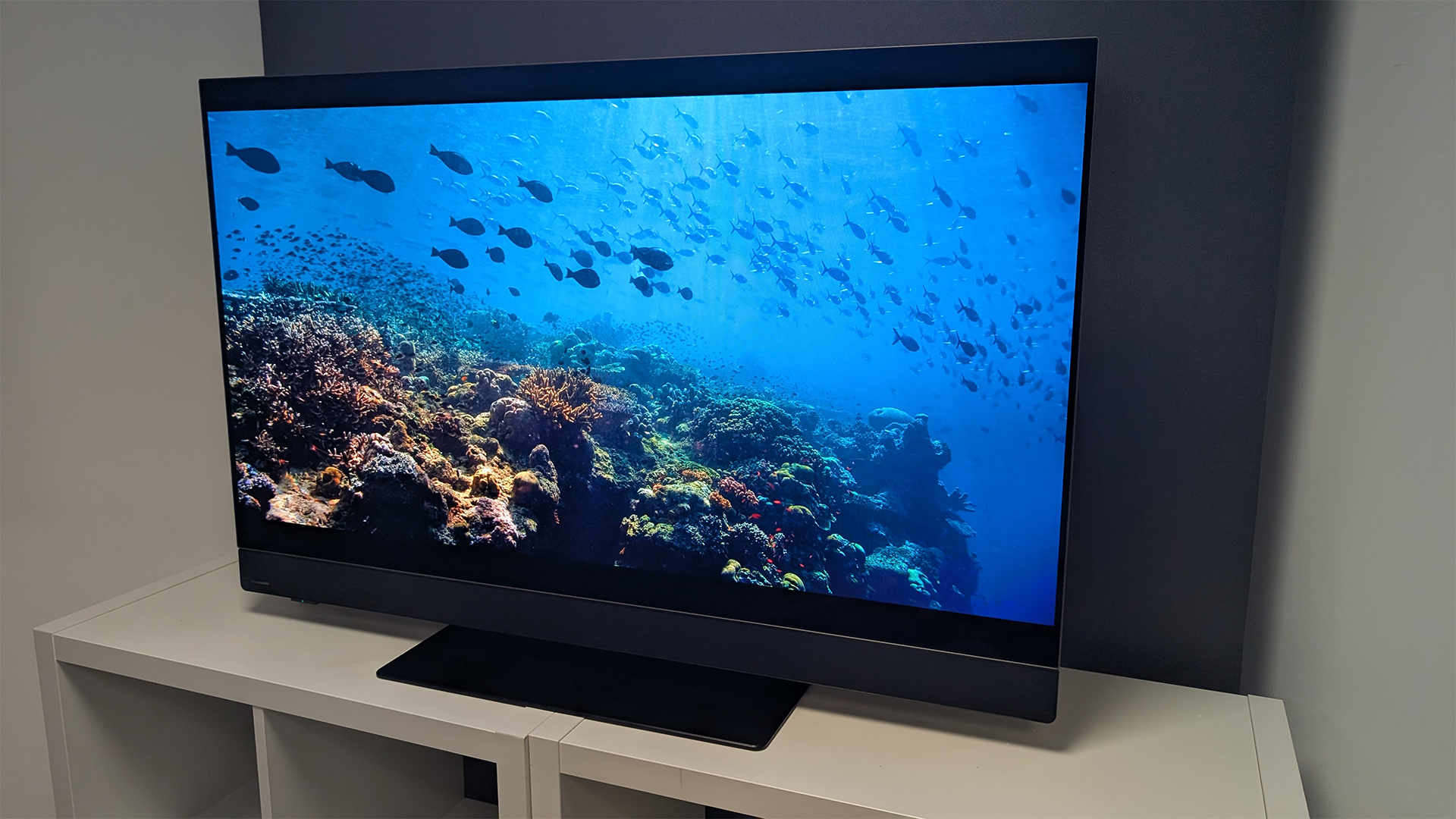

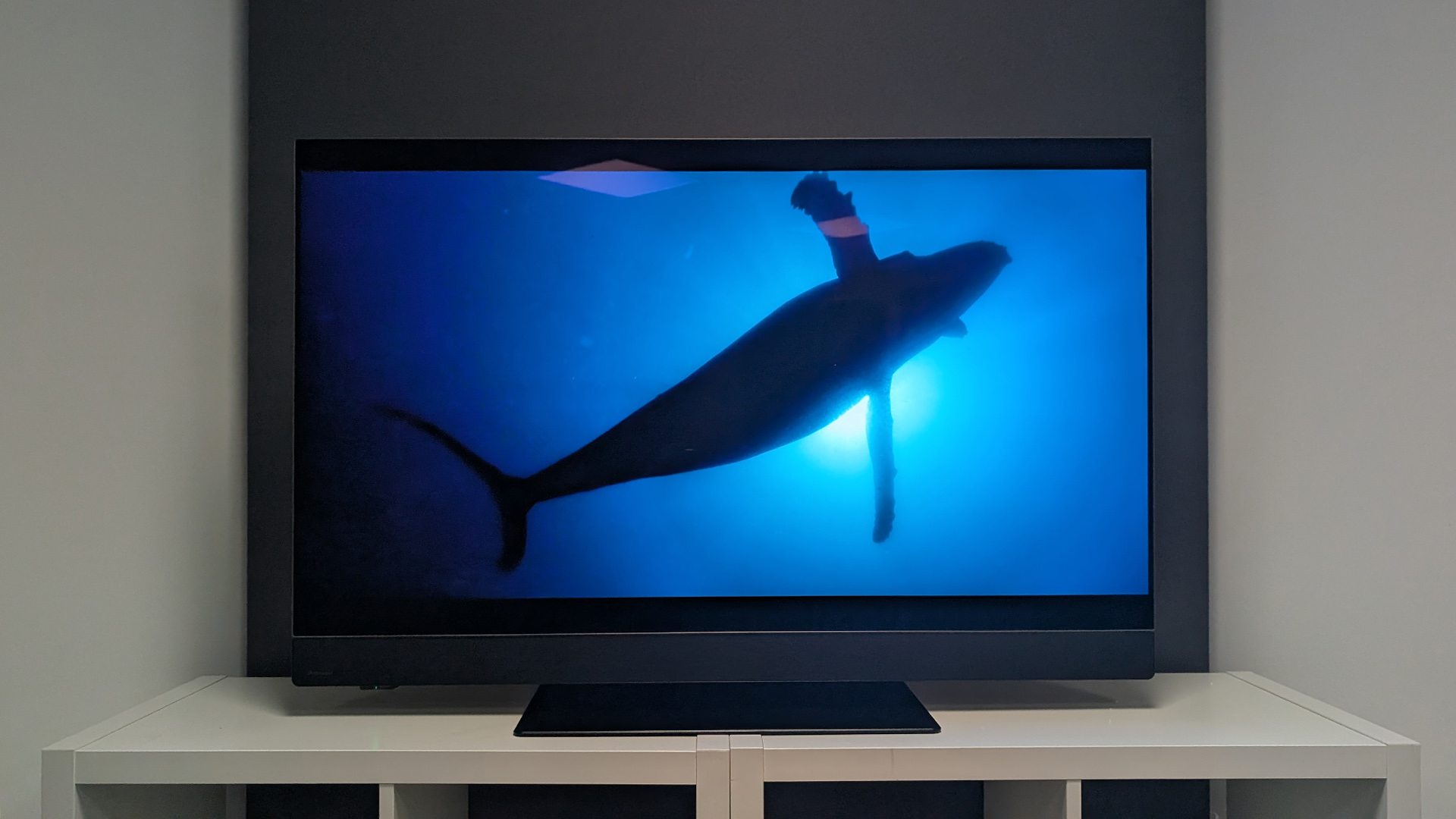
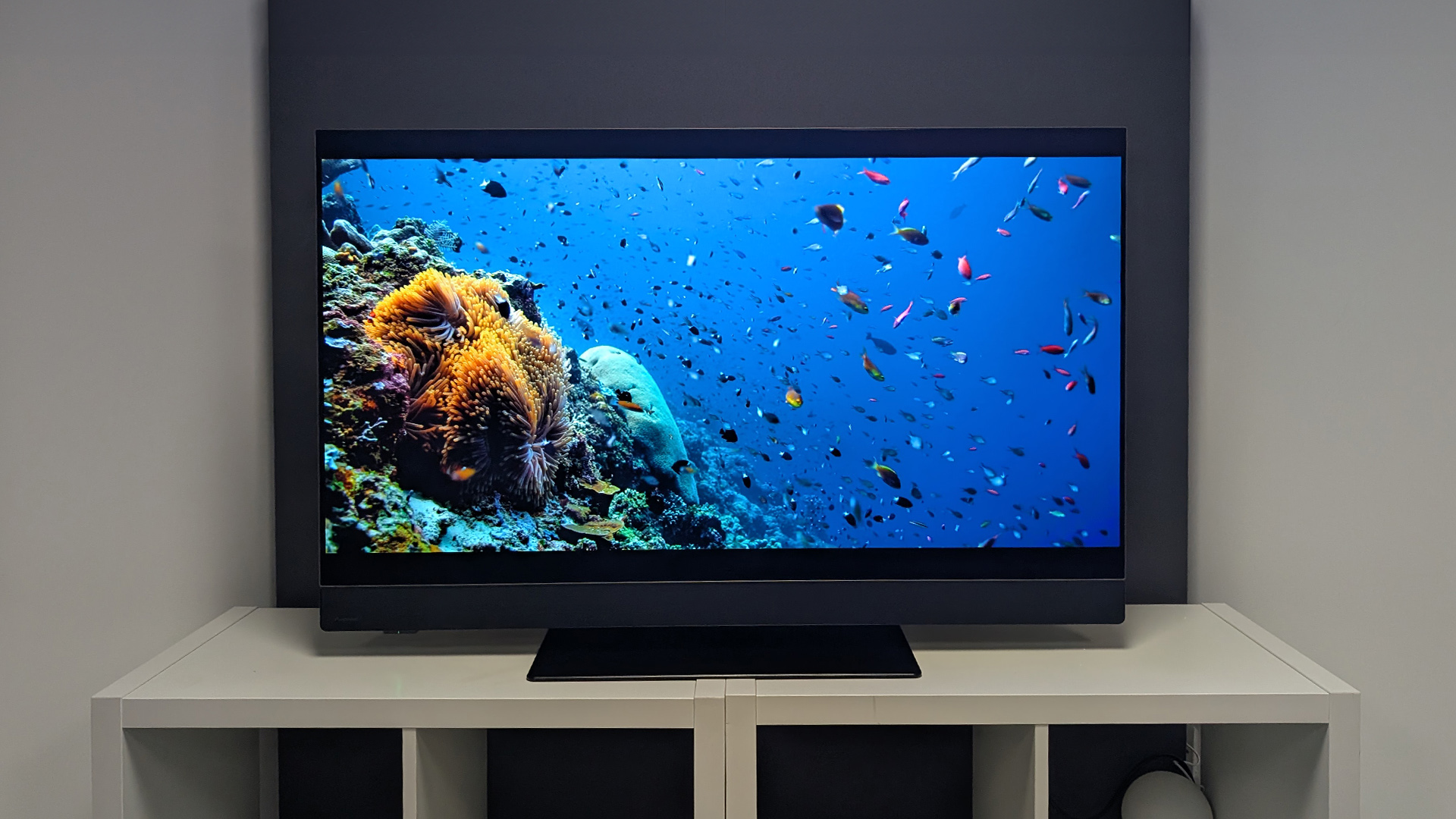
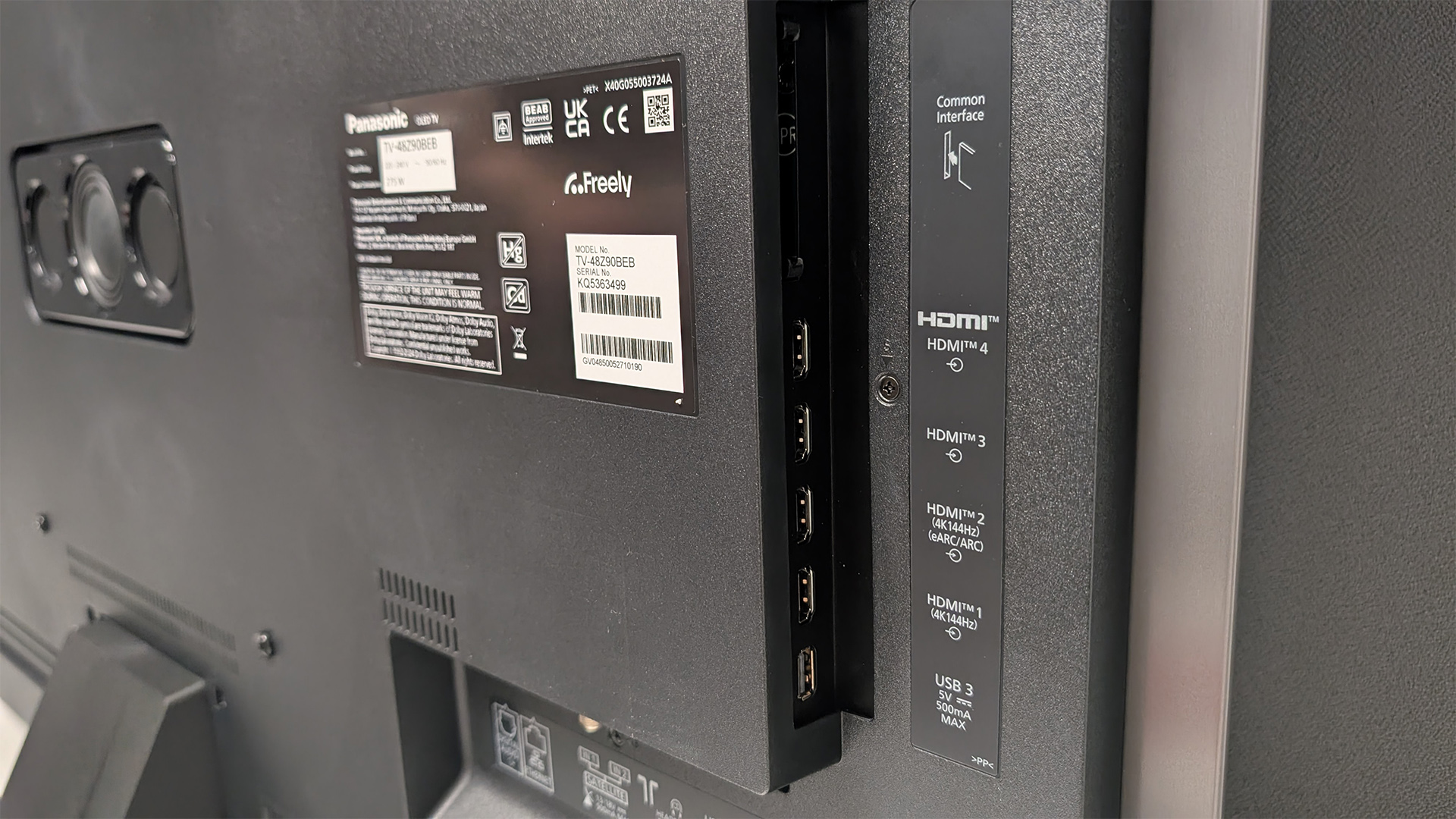
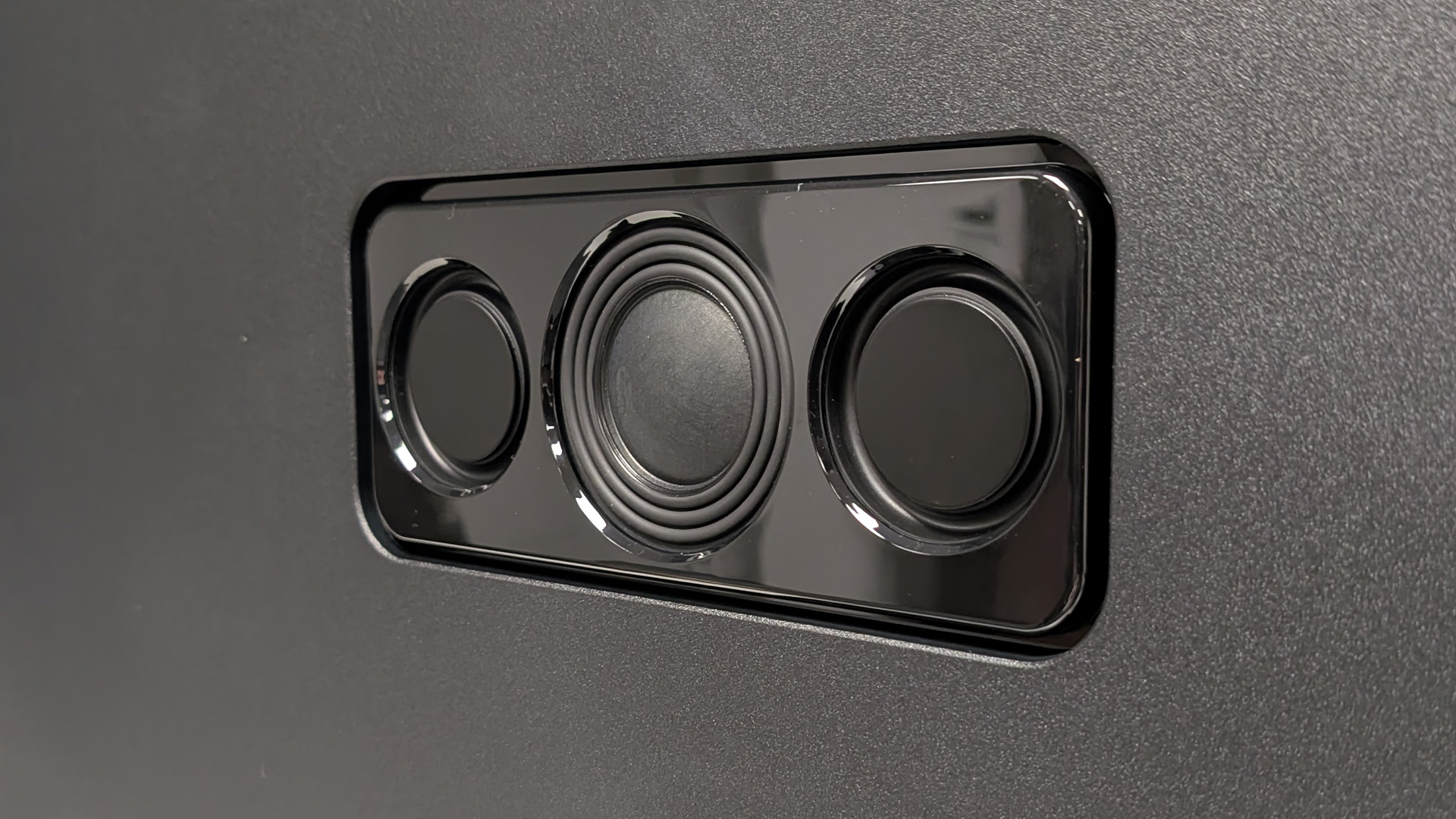
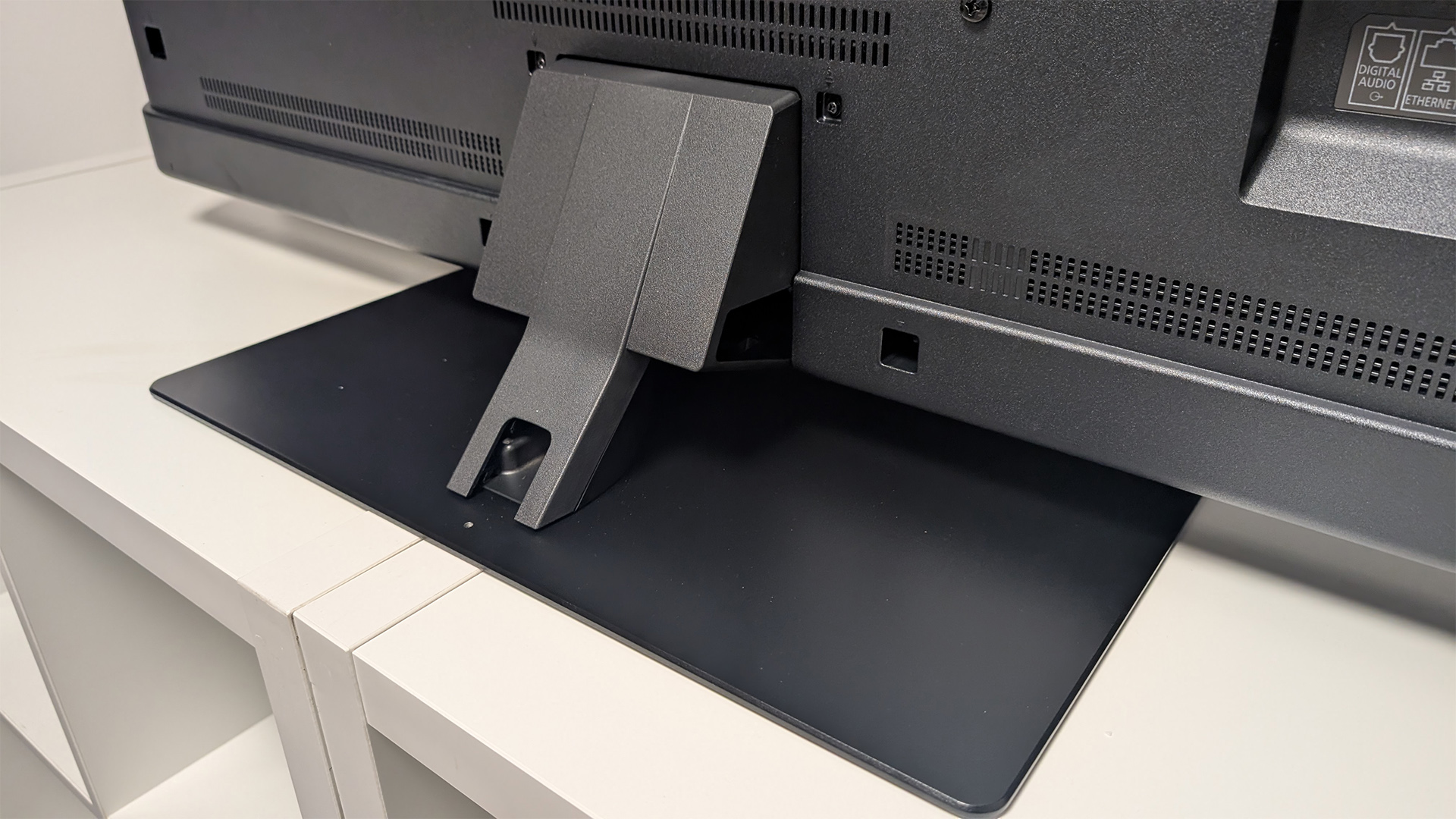
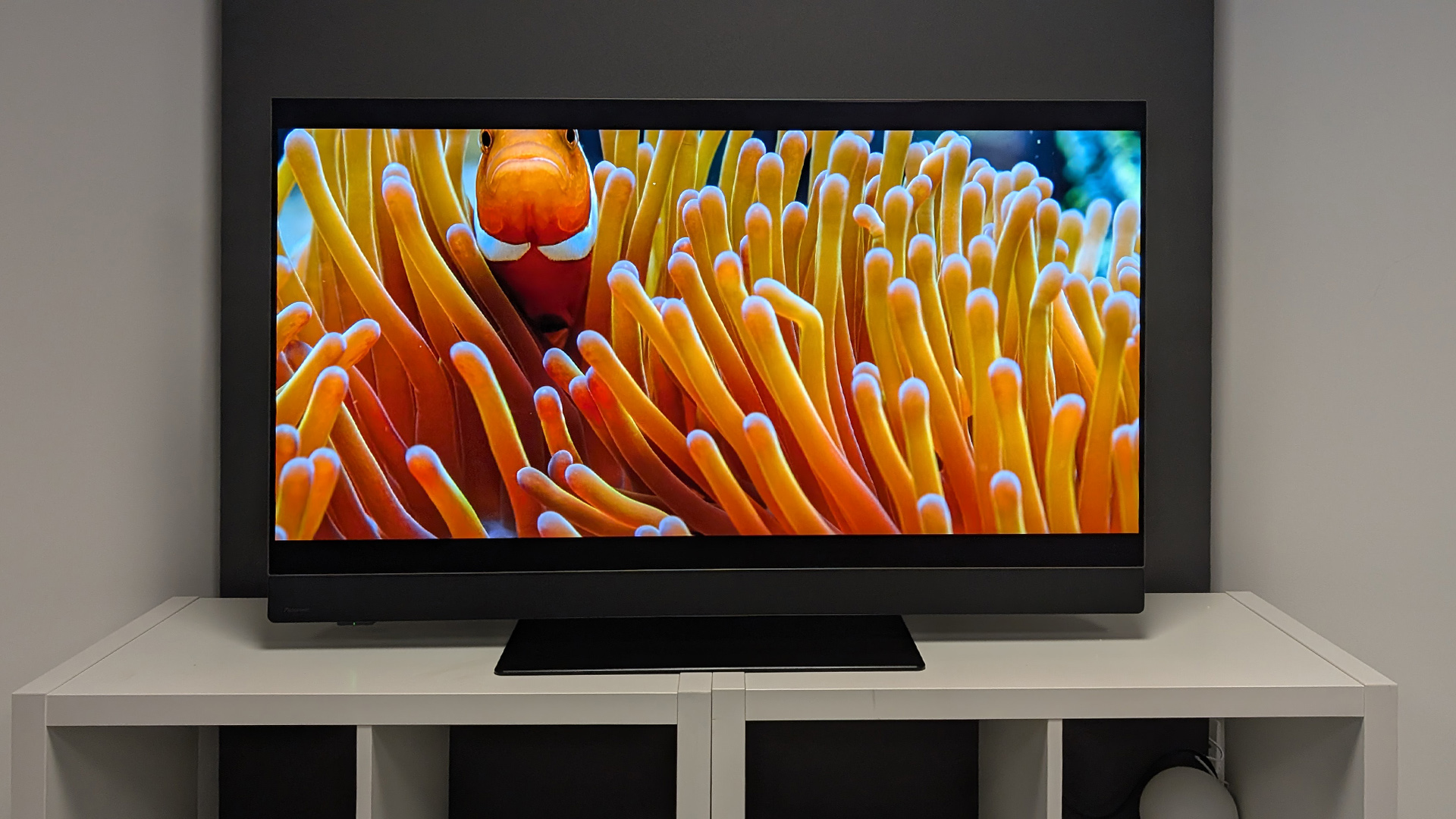
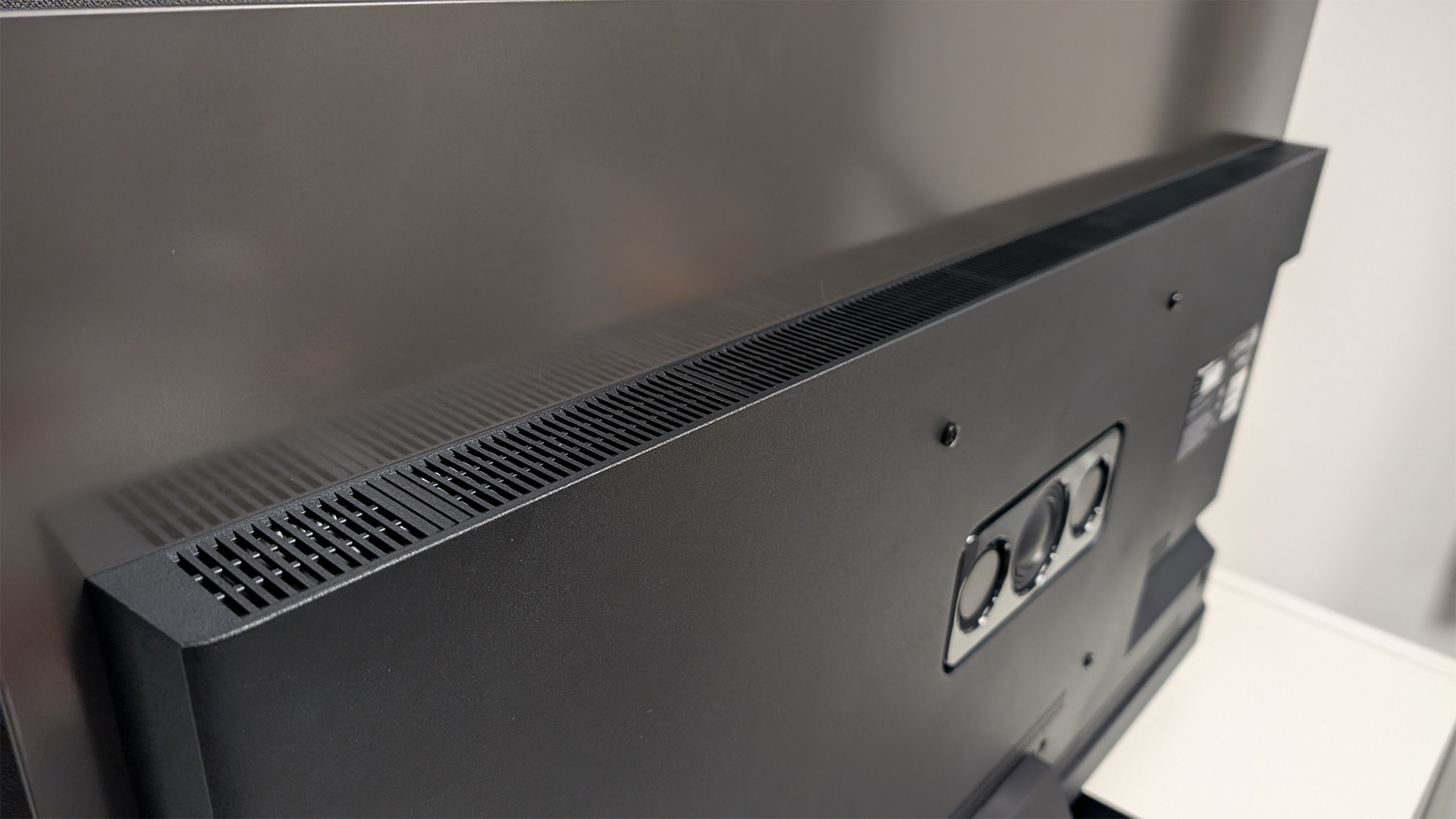
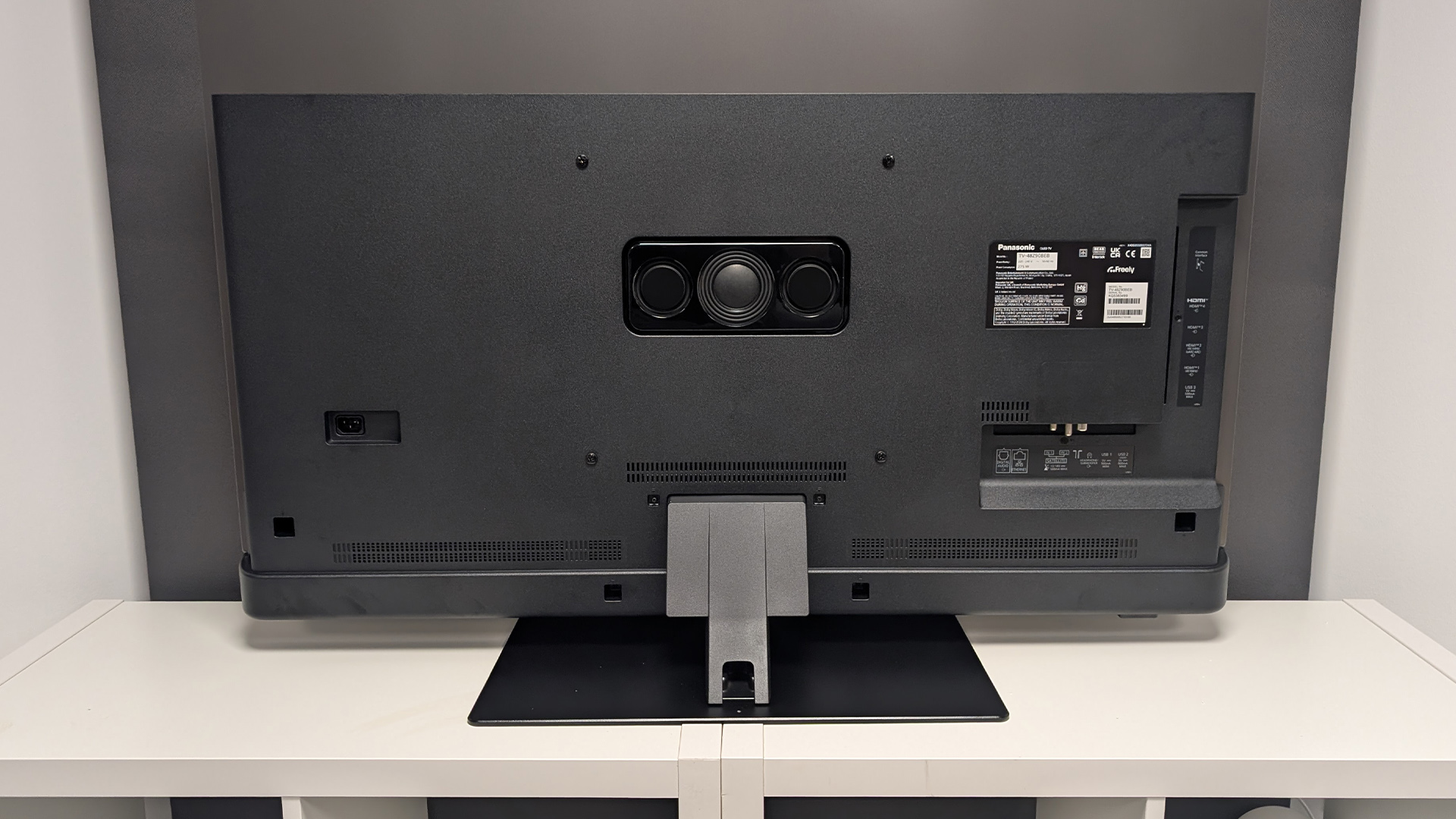
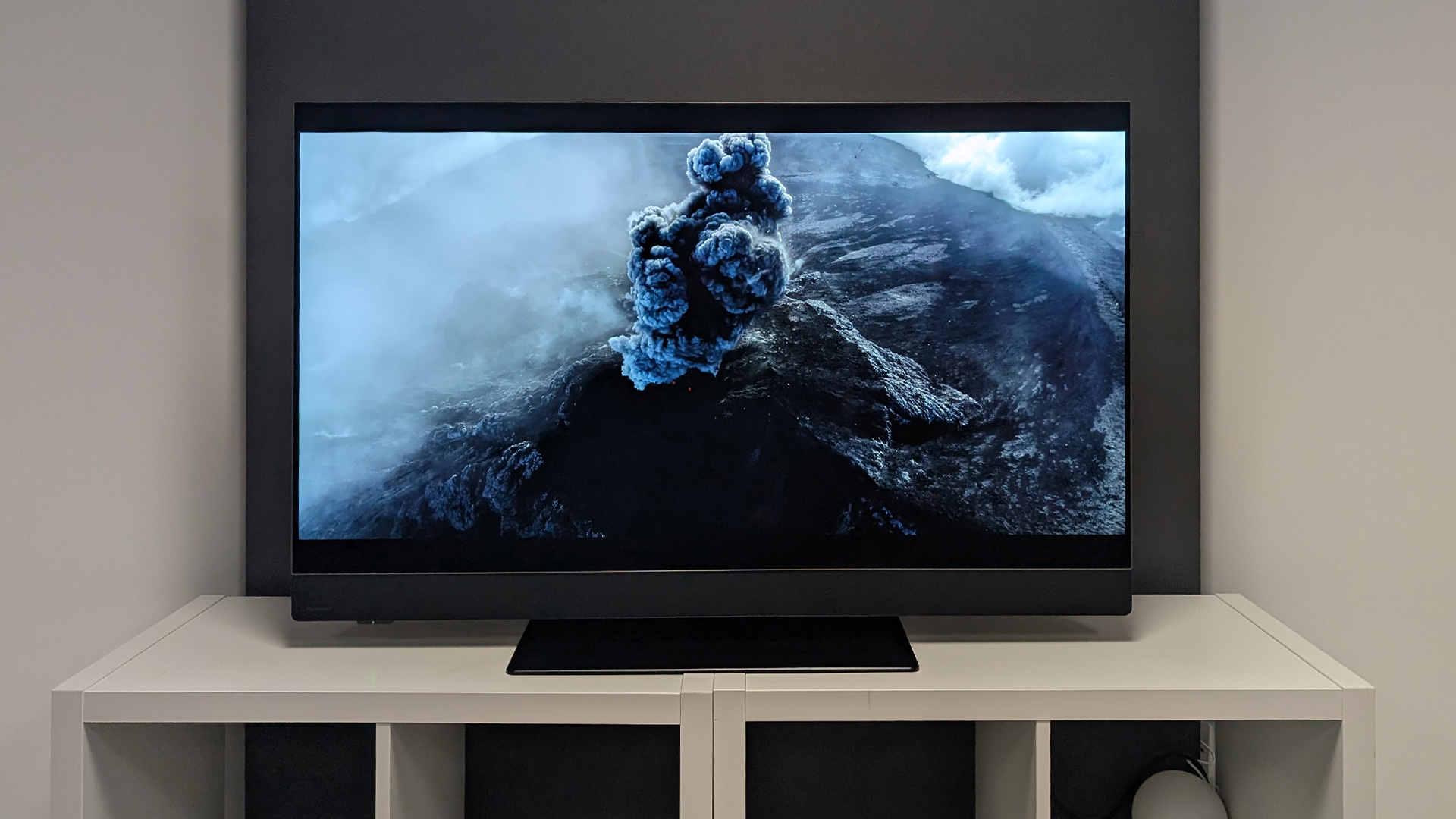
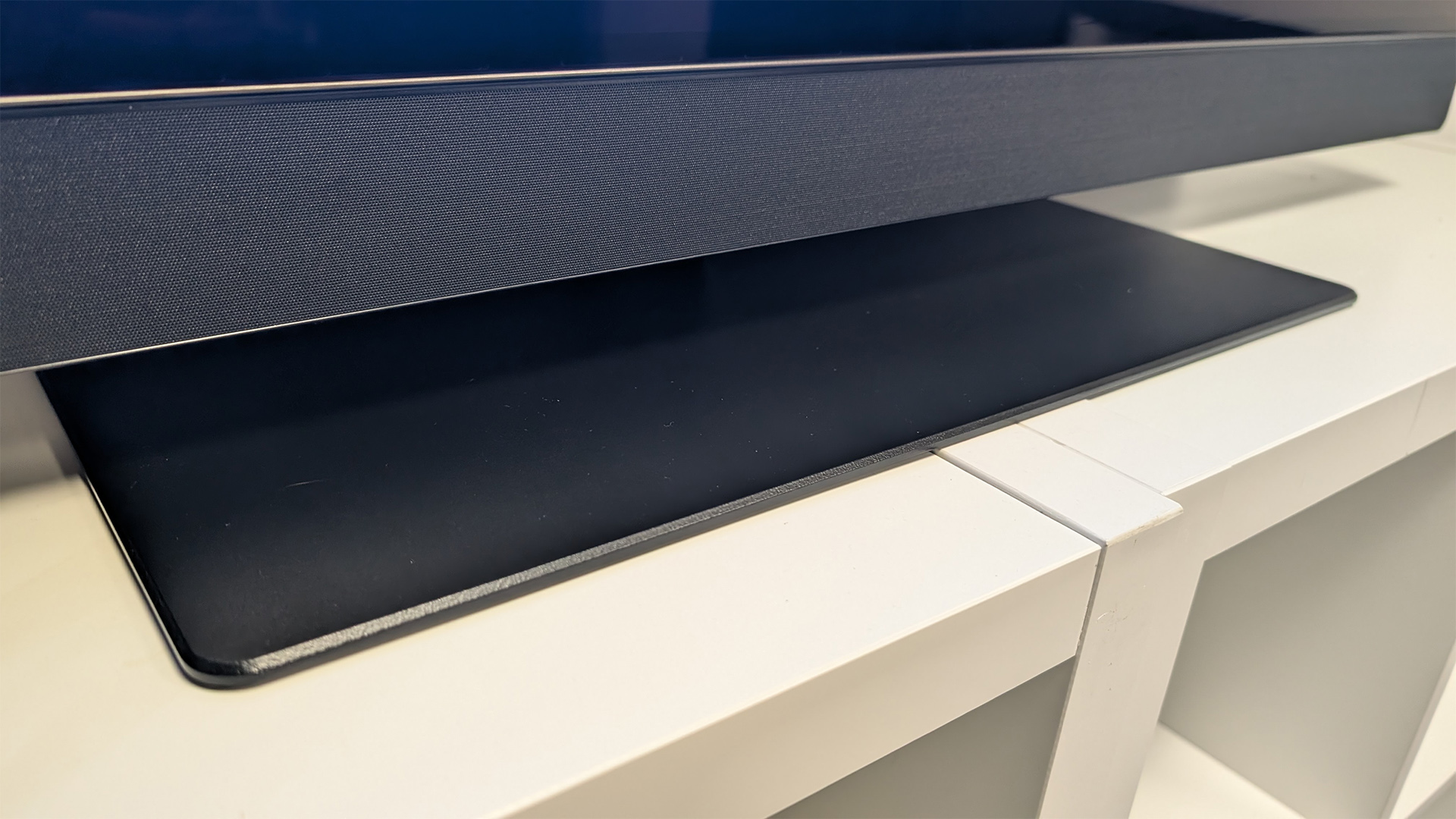
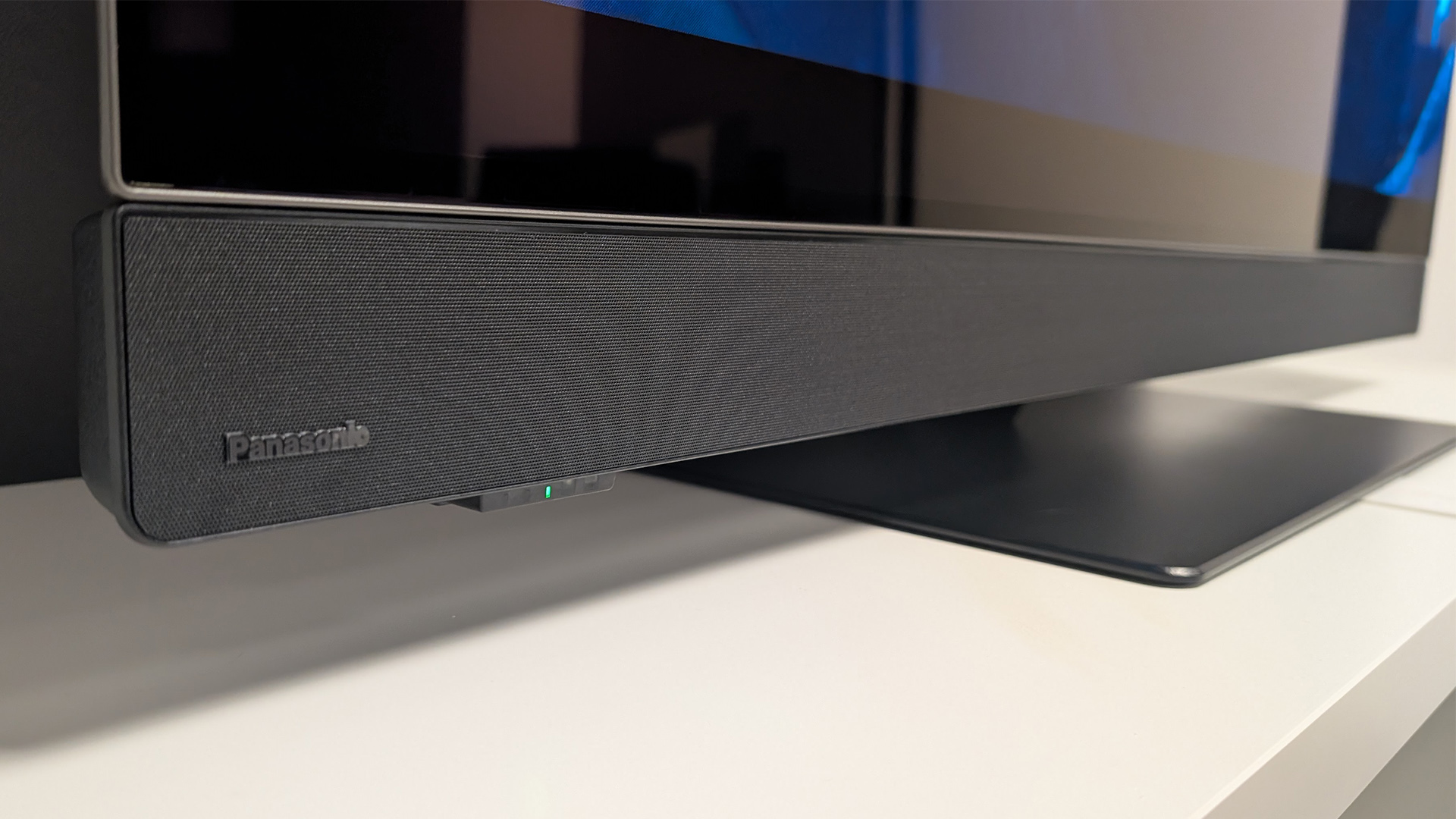
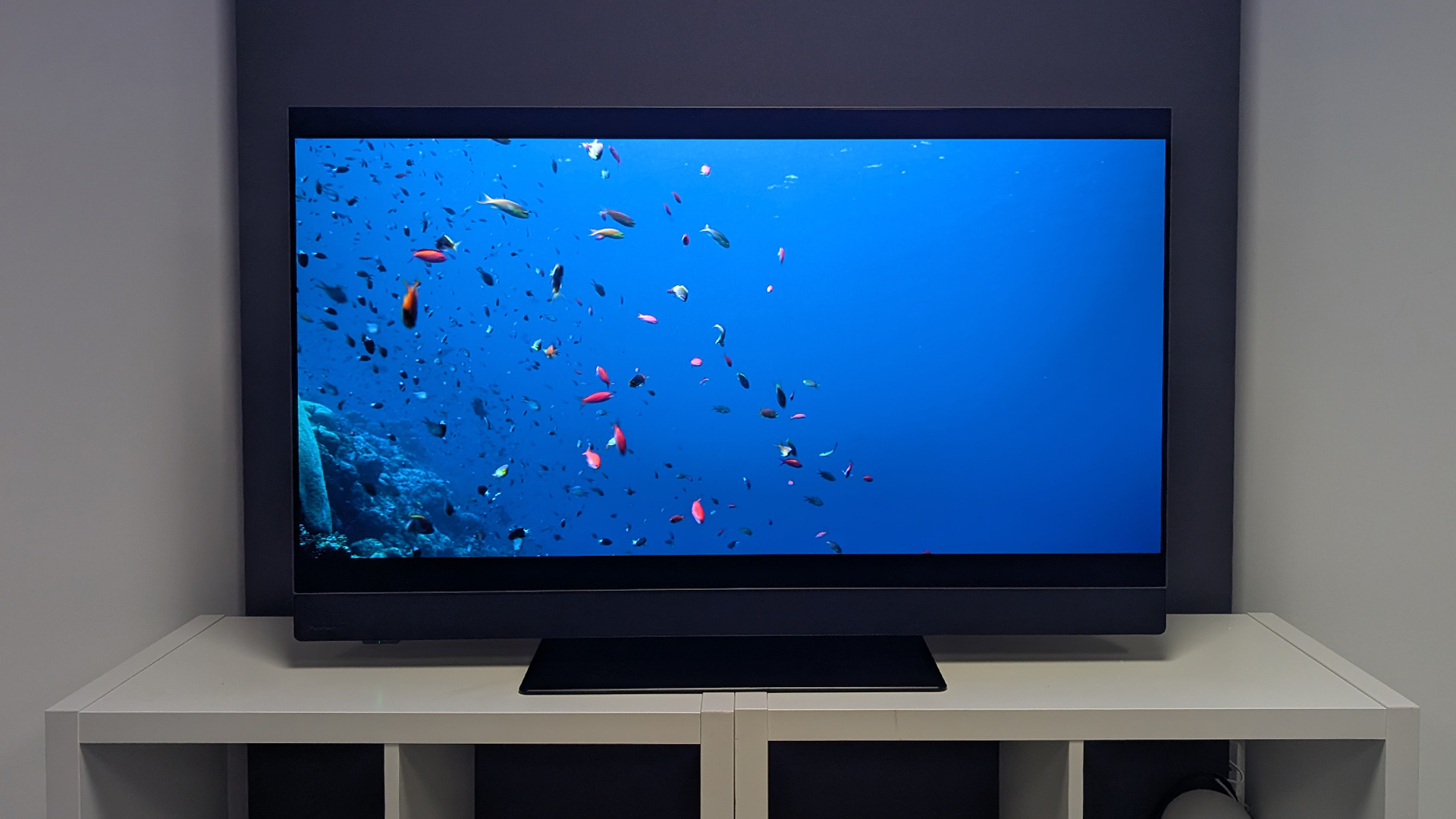
Specifications
Reasons to buy
Reasons to avoid
The 48-inch Panasonic Z90B is the Japanese home cinema giants’ second-smallest step down OLED TV. It’s also the best option at its size for movie fans right now.
We ran it head to head with the 48-inch Samsung S90F and 48-inch LG C5 when we reviewed it and are united in our belief that it delivers the most realistic picture of this year’s smaller OLEDs, which is why it’s our overall recommendation in this list.
For your money you’ll be treated to a bright, but controlled, step-down OLED capable of delivering a truly balanced, mature home cinema experience that oozes authenticity.
Hence its What Hi-Fi? Awards 2025 win and our reviewers’ glowing verdict:
“From sparkling desert dunes in sci-fi epics to cars thundering across a race track and heated conversations behind closed doors, every scene we threw at this set looked wonderfully authentic and weighty. If you want a 48-inch OLED TV and value cinematic authenticity, the Panasonic Z90B is currently the one to get.”
As an added bonus, this set is also one of the best sounding we have tested at its size, thanks to the inclusion of a bolted on soundbar. Be aware, though: if you want truly great results, we recommend you invest in a price-appropriate soundbar, such as the Sonos Beam (Gen 2).
Our only real word of caution is to gamers with multiple current-generation consoles or PCs. Like most OLEDs, the Z90B comes with only two HDMI 2.1 inputs, one of which doubles as the eARC connection required to run a Dolby Atmos soundbar. So if you own more than one console and an Atmos soundbar, be prepared for a fair amount of cable swapping.
Read our full 48-inch Panasonic Z90B review
Best for gamers
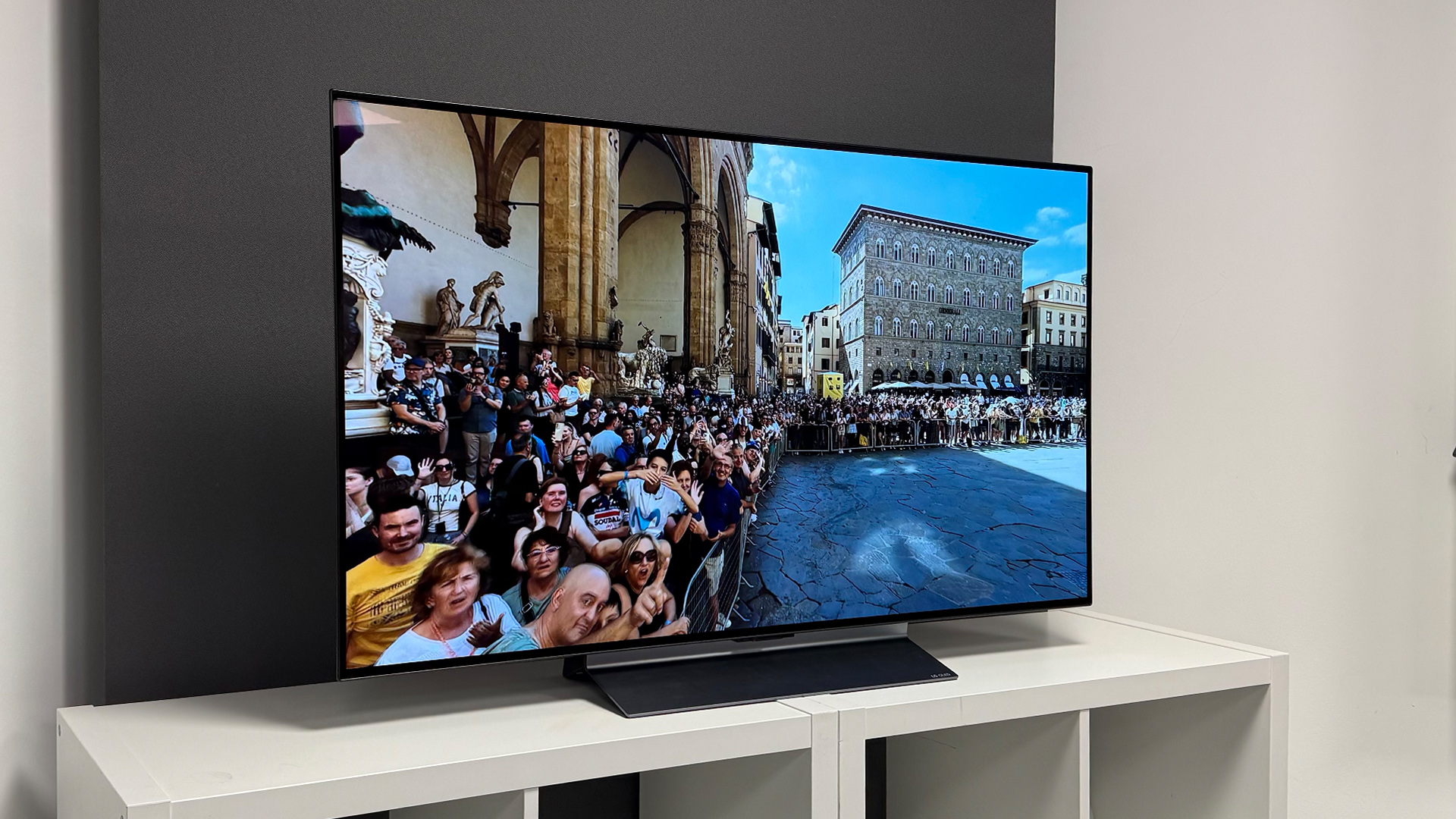
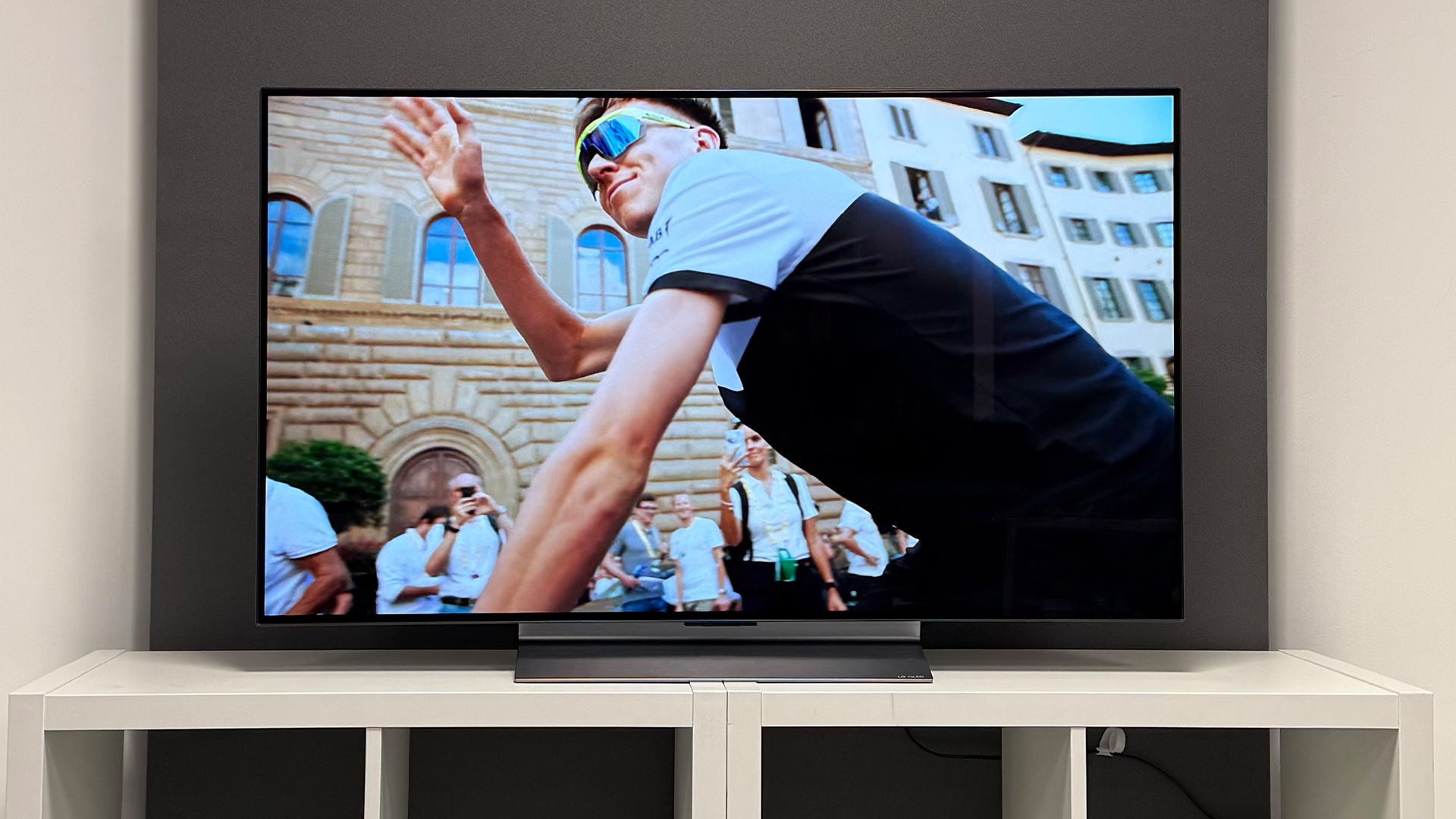
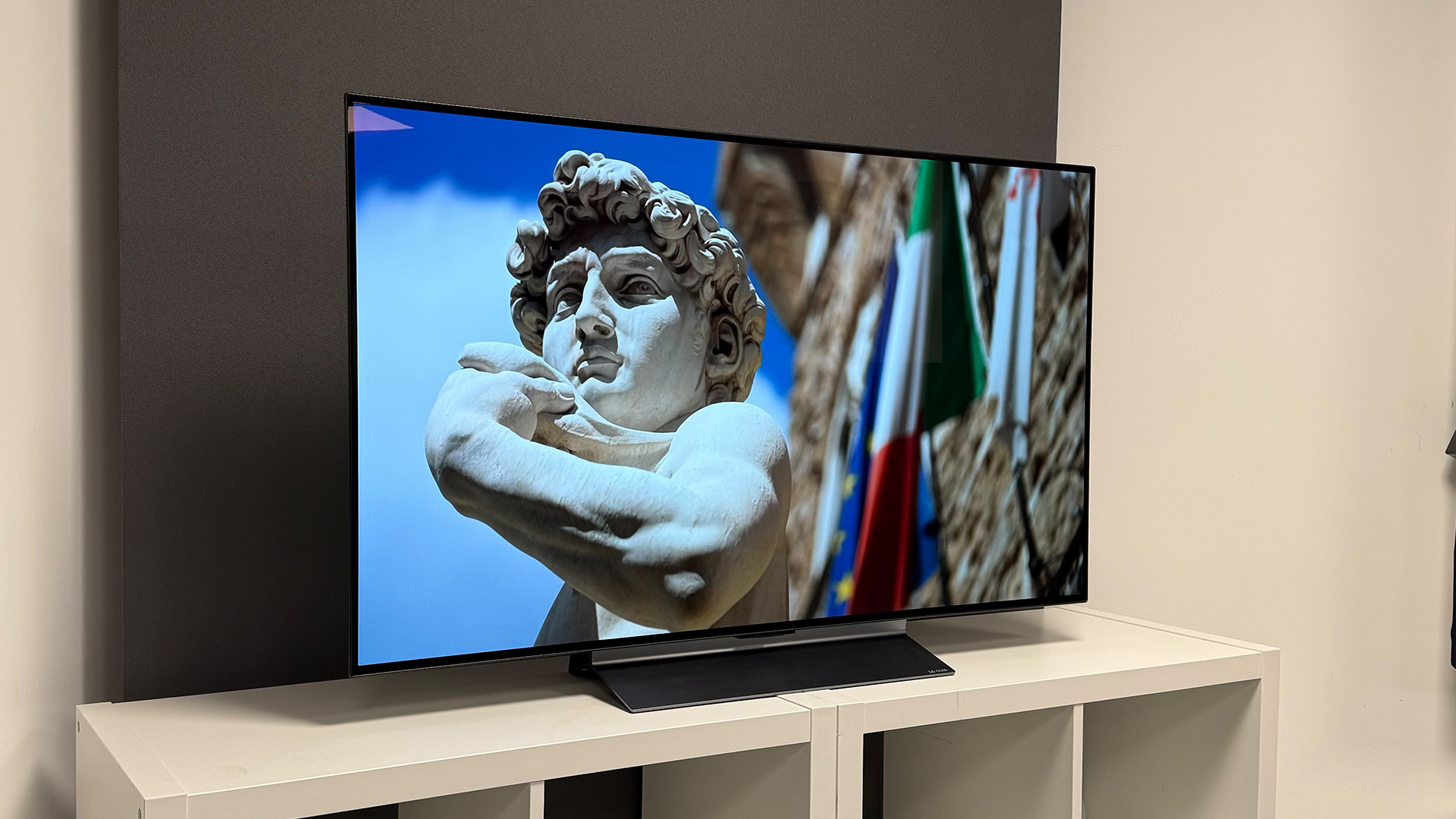
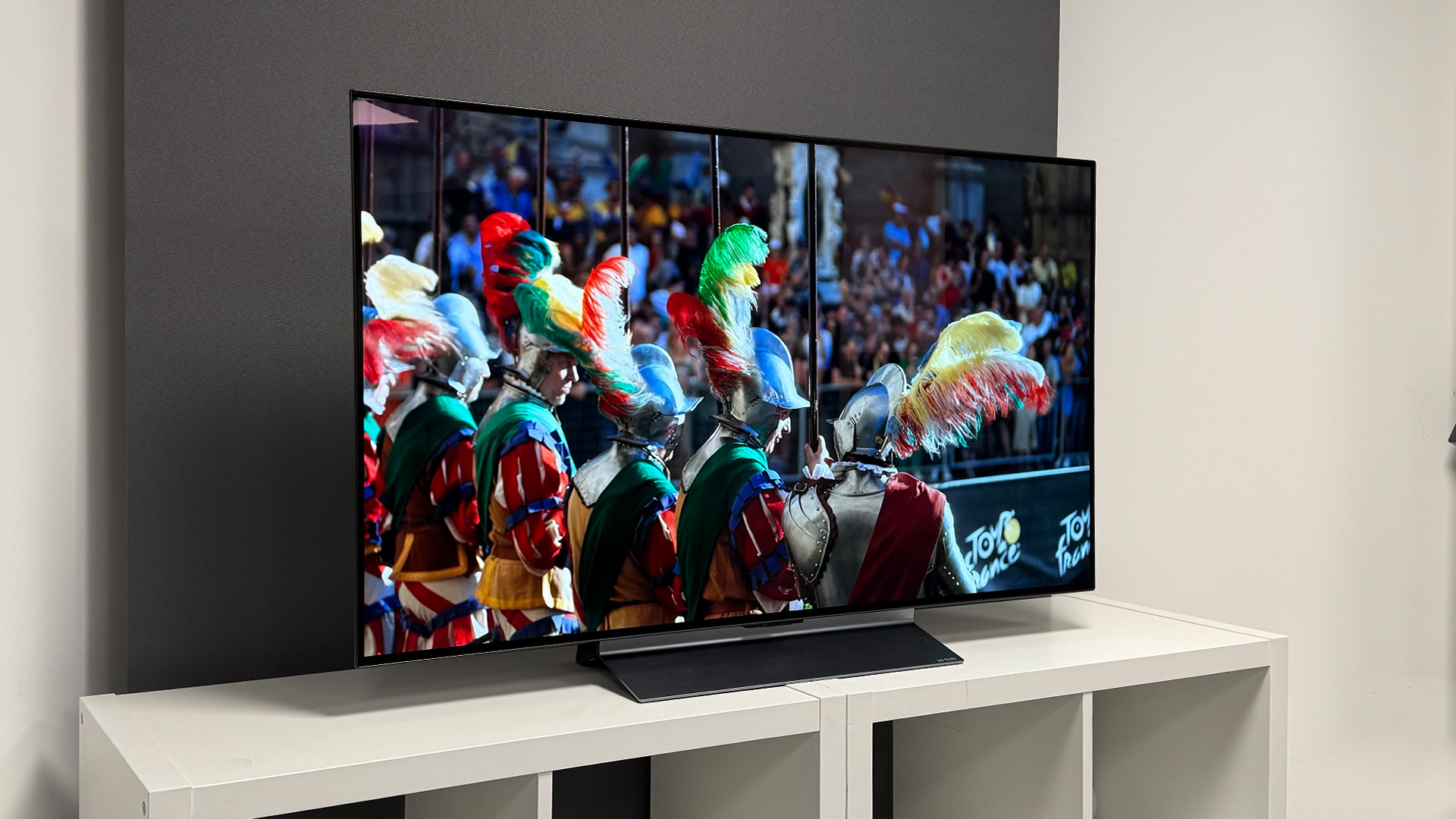
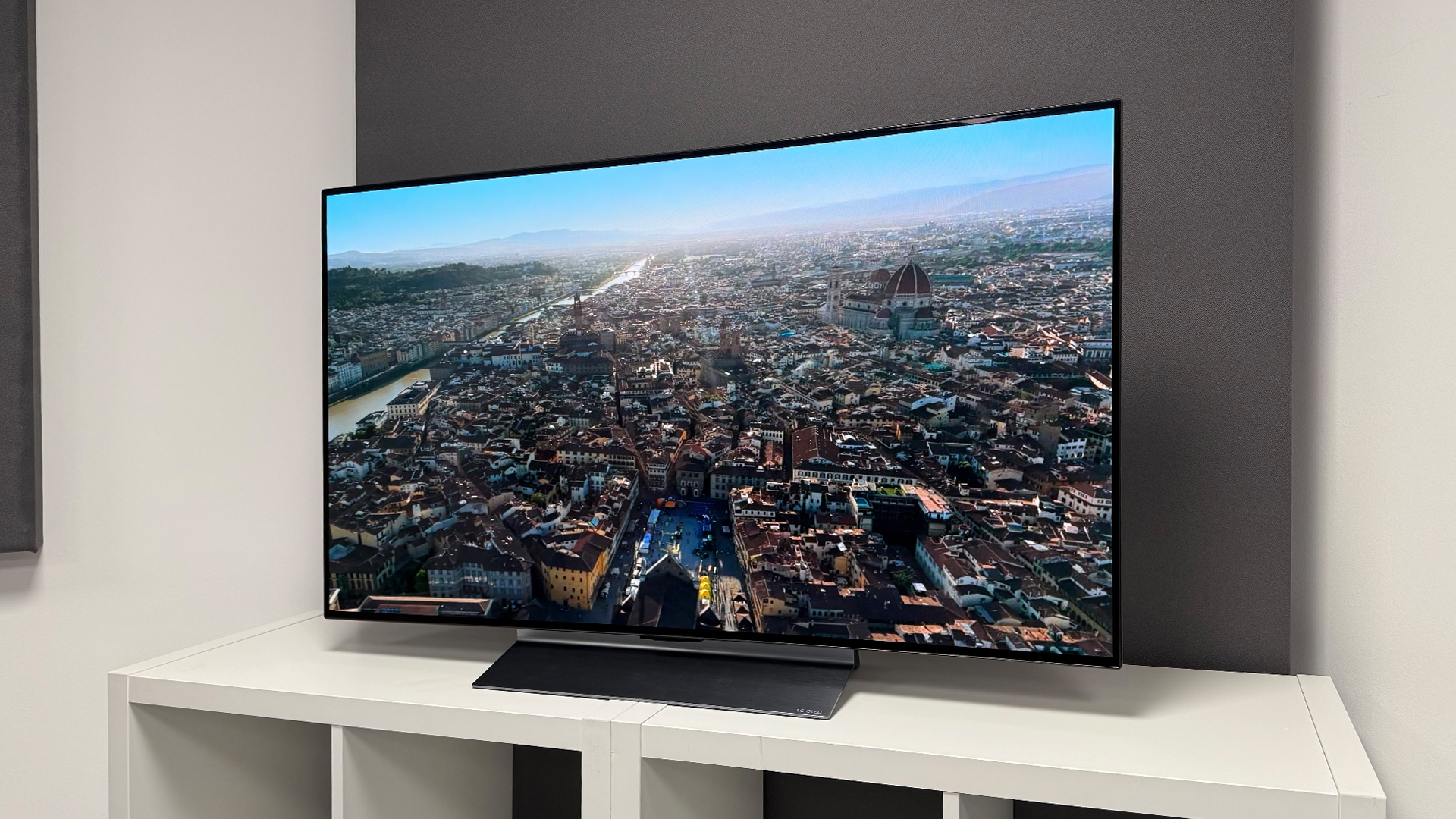
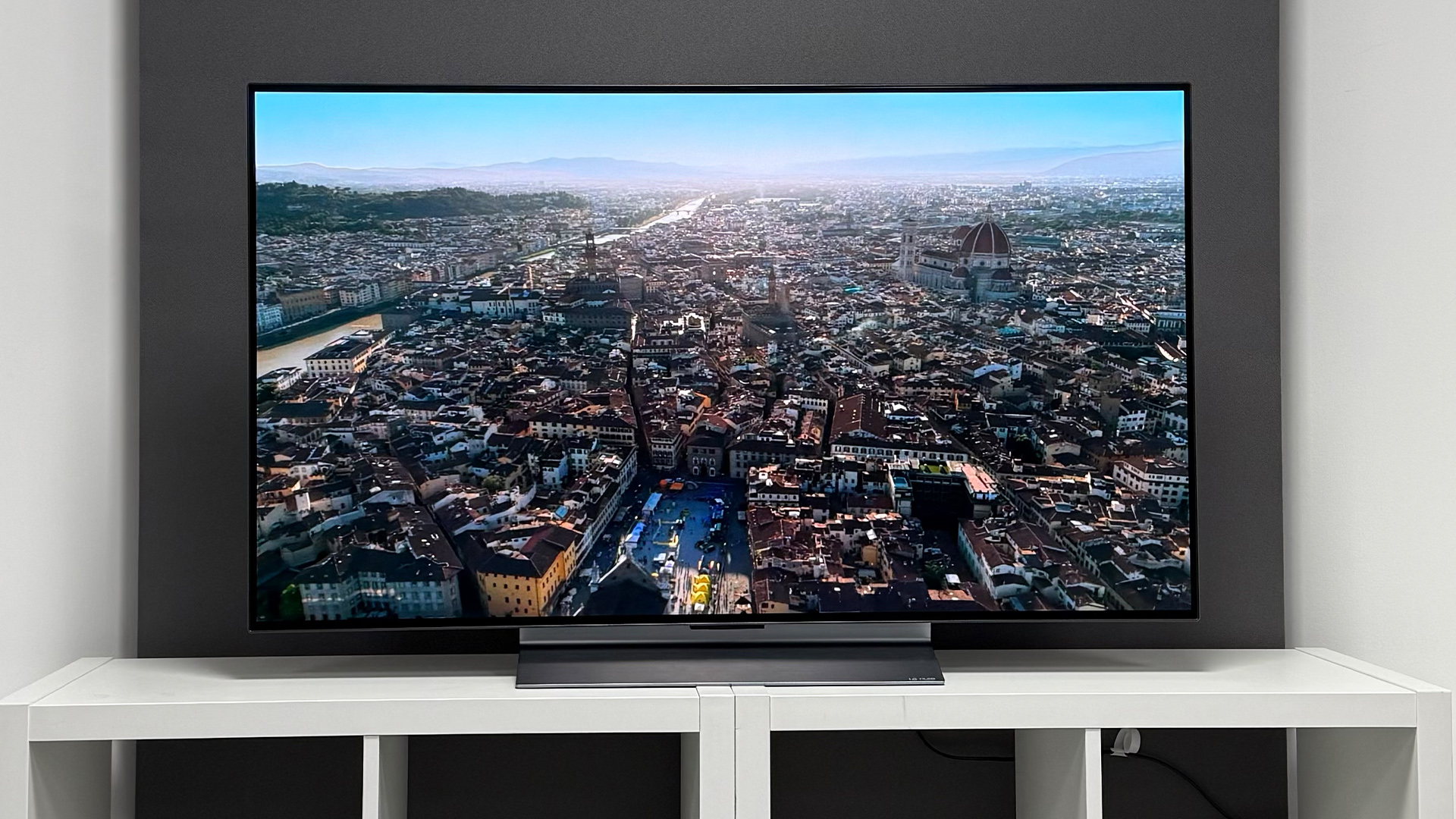

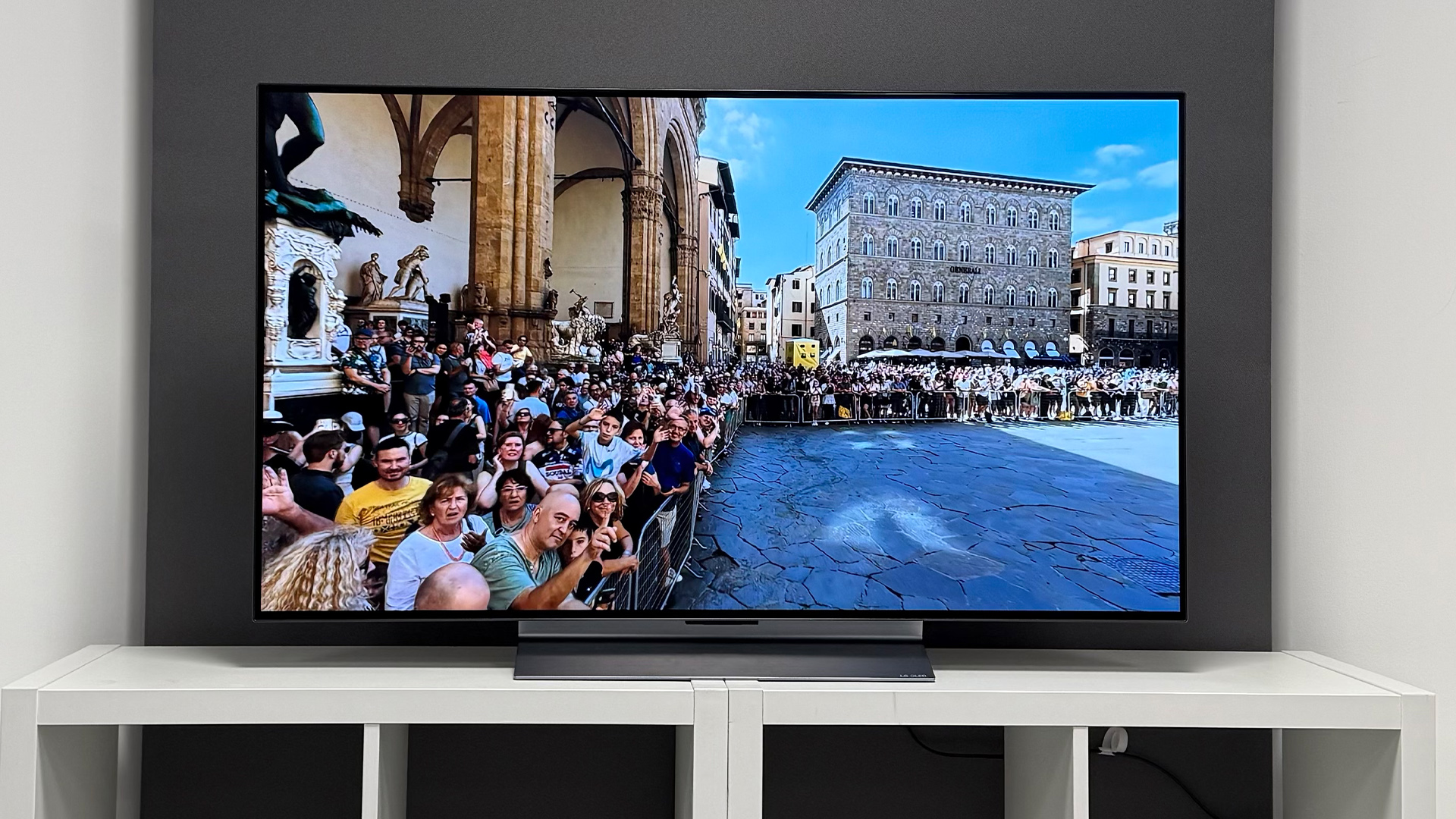
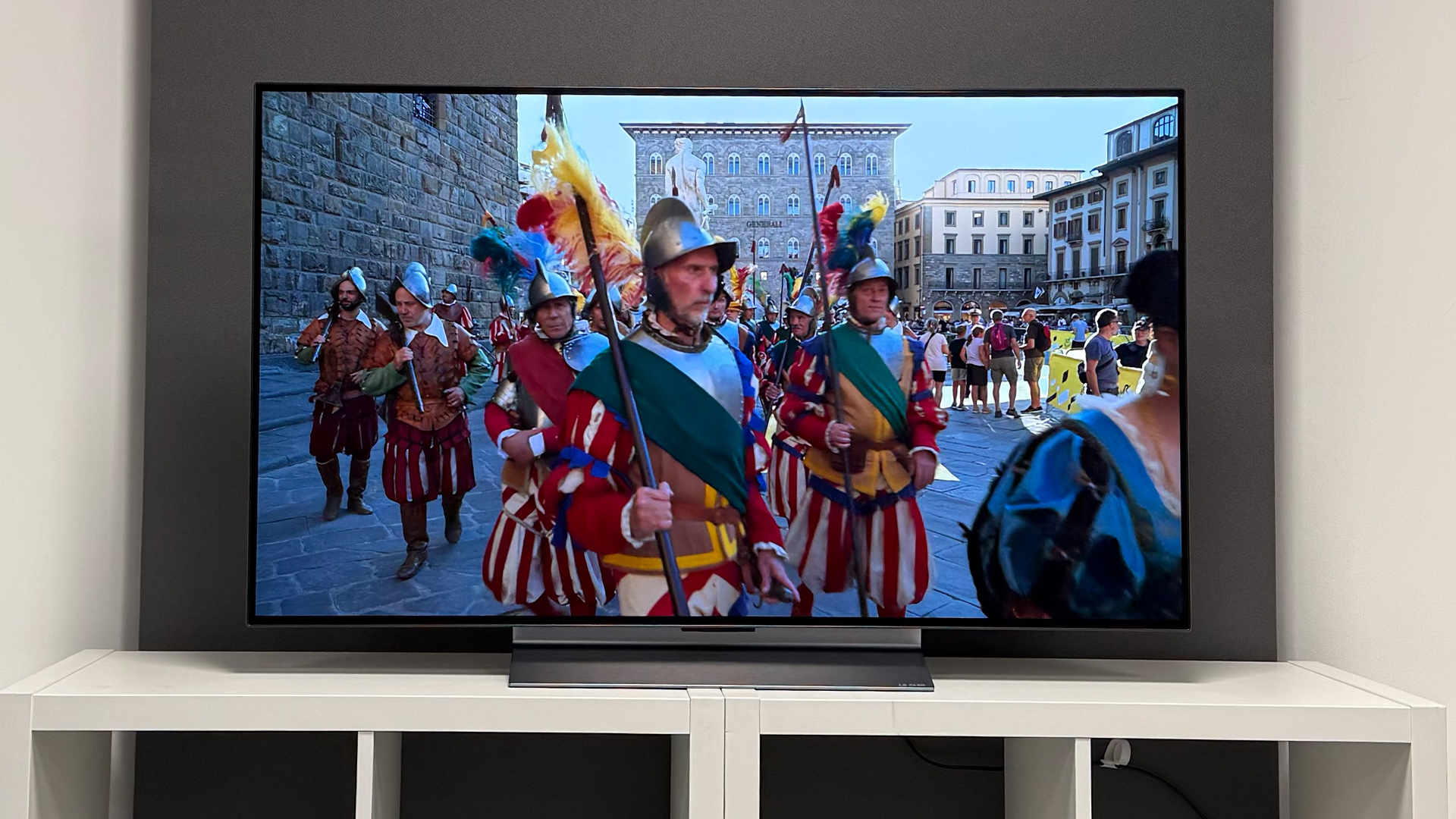
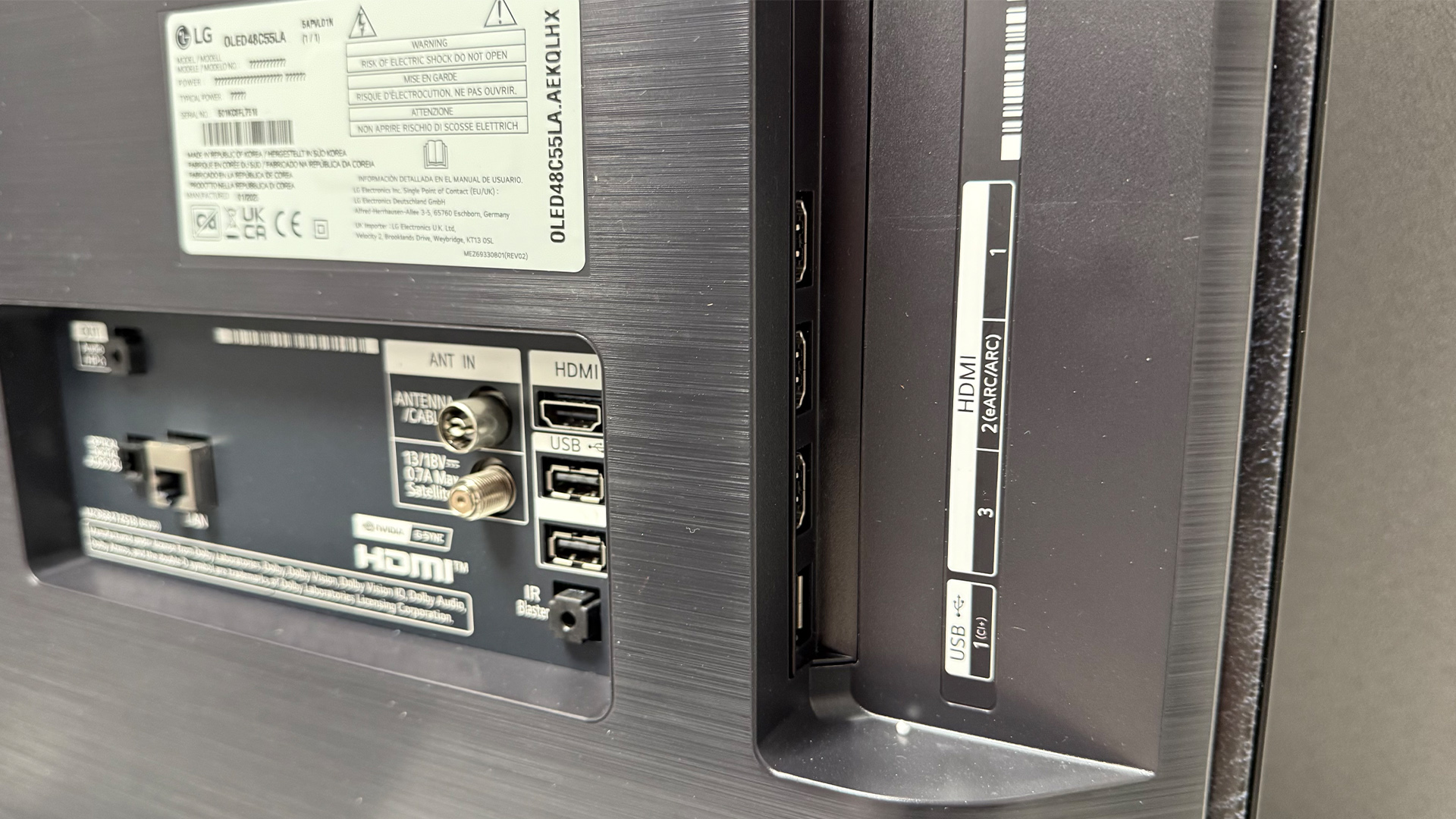
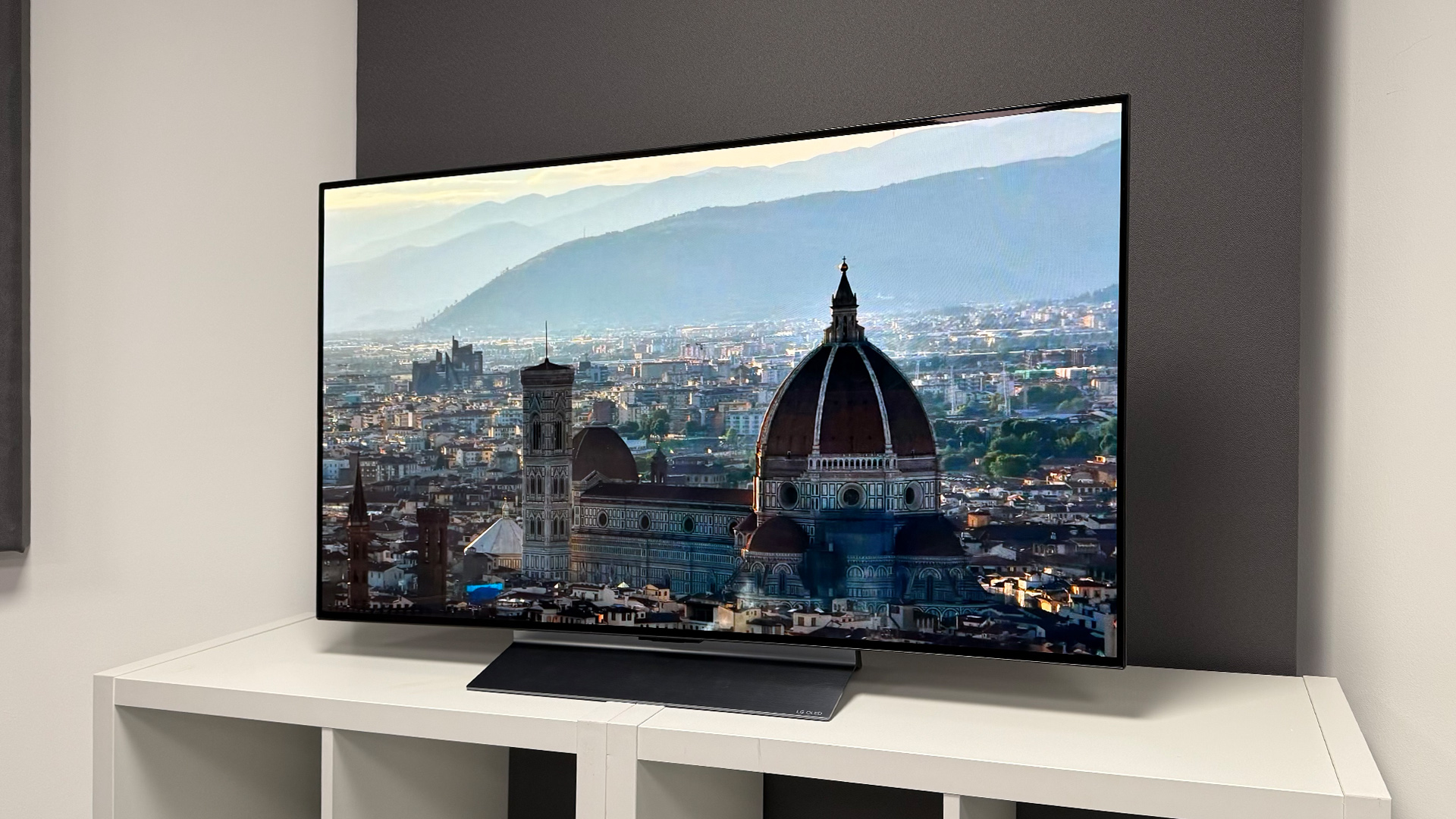
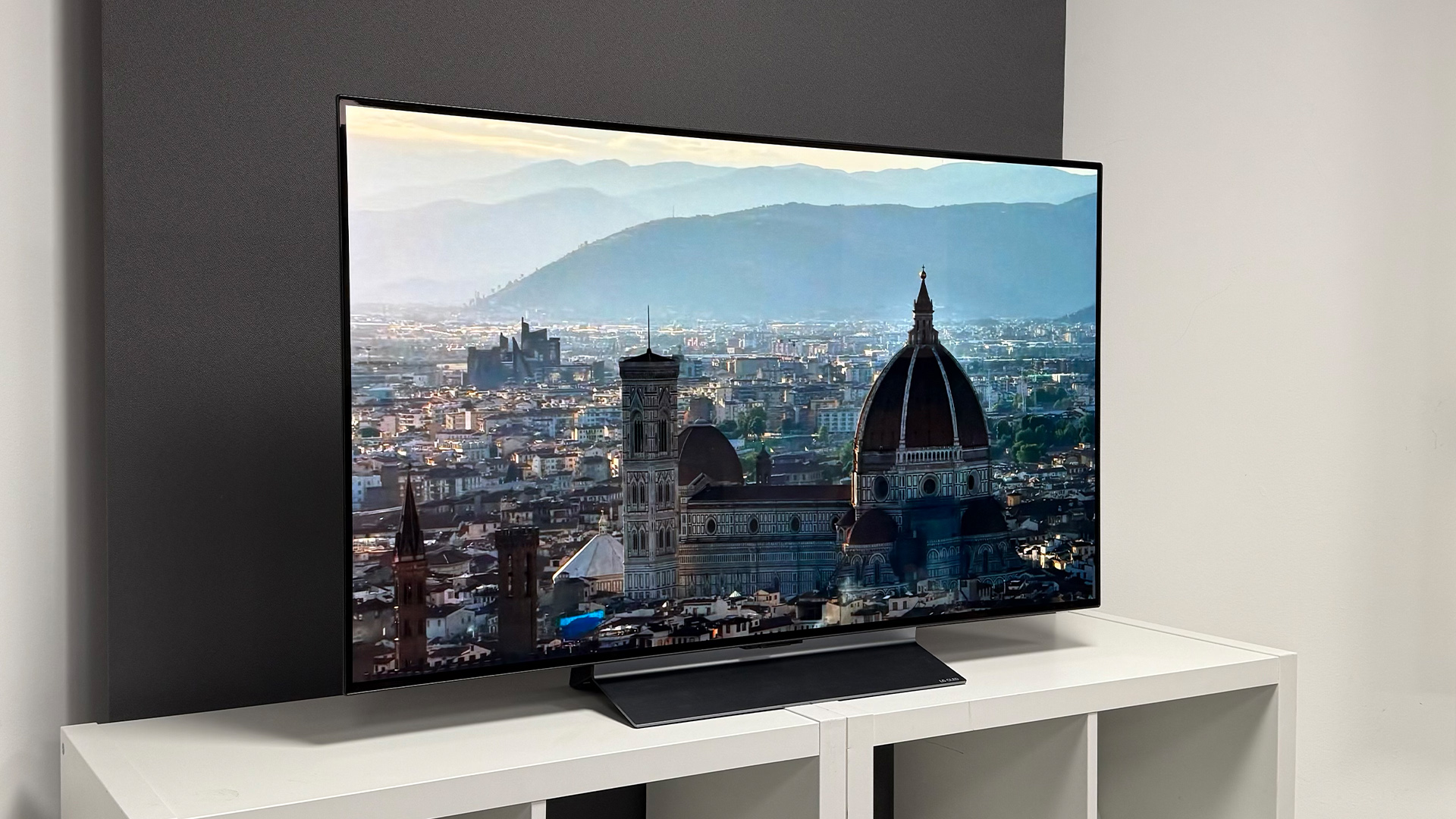
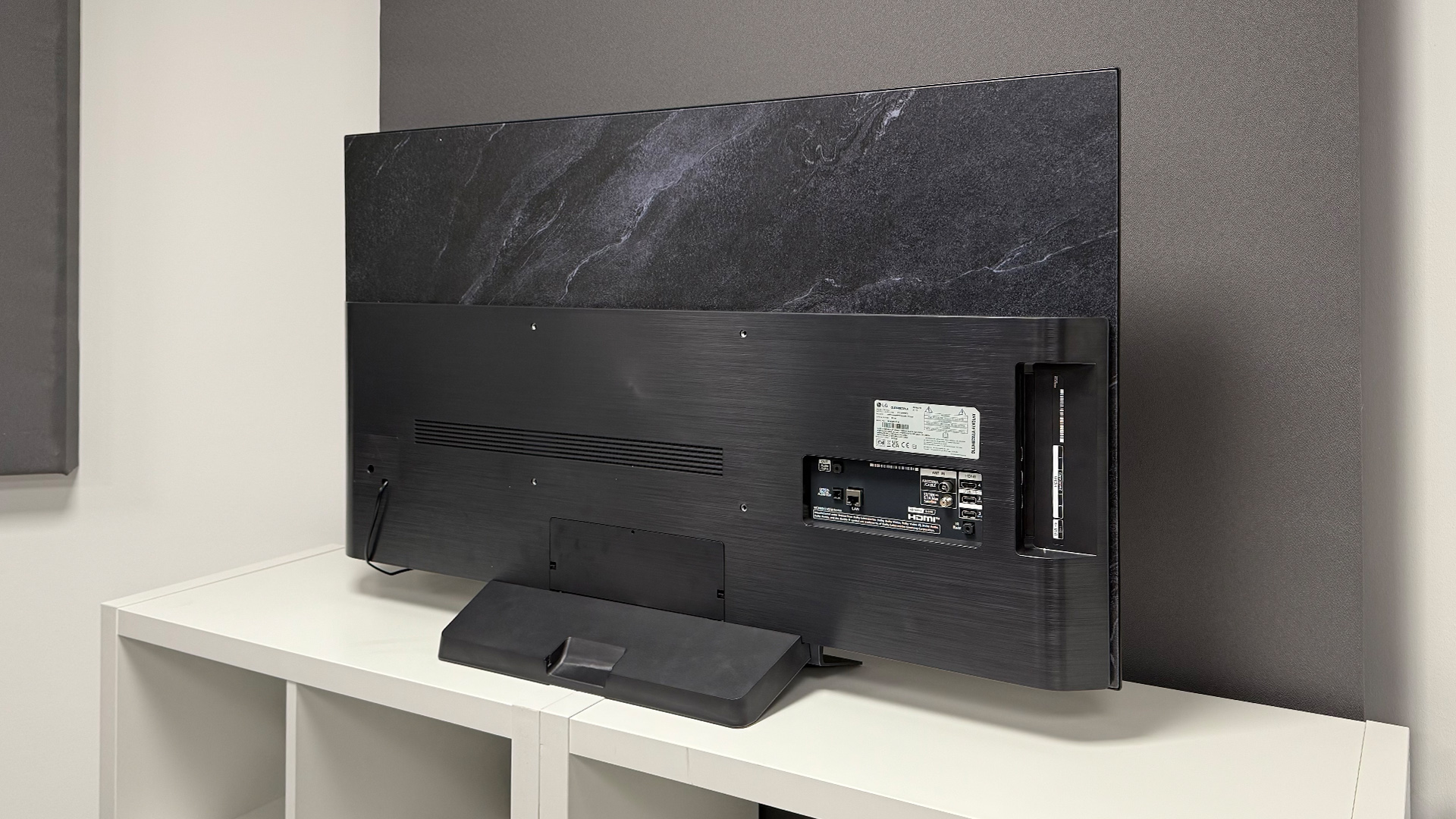
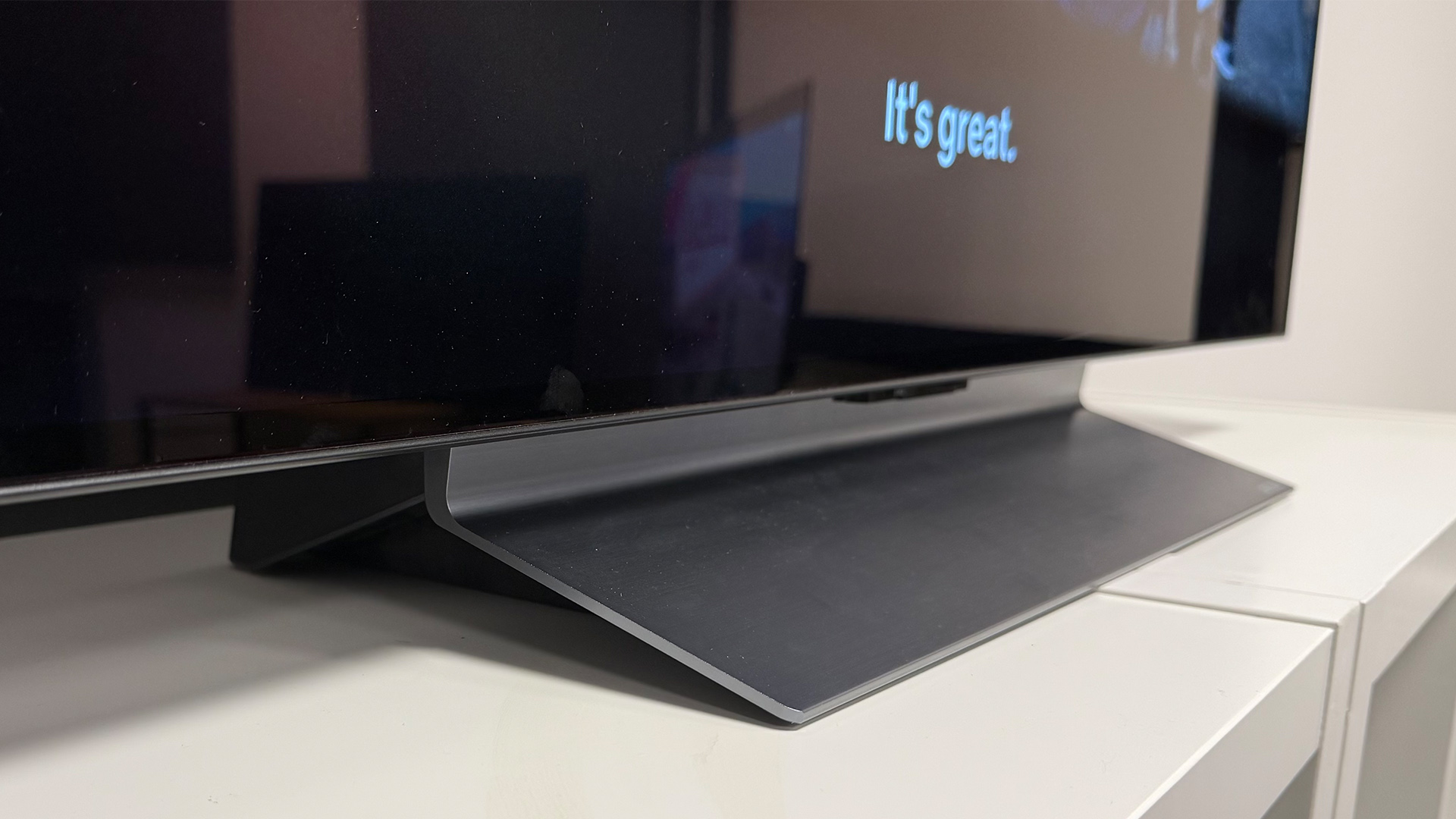
Specifications
Reasons to buy
Reasons to avoid
If you want a small-ish TV for gaming as well as movie watching, the 48-inch LG C5 is the one we currently recommend.
It comes with two key perks for gamers that the Z90B doesn’t have. For starters it has four full-fat HDMI 2.1 inputs. One, of course, needs to double-up as the eARC input, but that should still be enough socketry for even the most ardent gamer to connect all their consoles and PCs, and to run them at full speed, without having to worry about cable swapping.
The C5 also supports the Dolby Vision Gaming HDR standard, something its arch-rival for this spot in our buying guide – the 48-inch Samsung S90F – doesn’t. This is a key selling point for Xbox gamers, with the console having a growing library of compatible titles that look amazing on the C5, even compared with other OLEDs.
Gaming aside, though we feel its picture and sound may not be quite as strong as the Panasonic Z90B above, this is a very capable set. A few instances of colour-volume loss during low-light scenes apart, it proved capable of delivering a bright, punchy, but never overbaked picture.
As we say in our verdict: “A brilliant small-ish TV that’s a solid option for anyone yet to make the jump to OLED.”
Read our full 48-inch LG C5 review
Best cheap
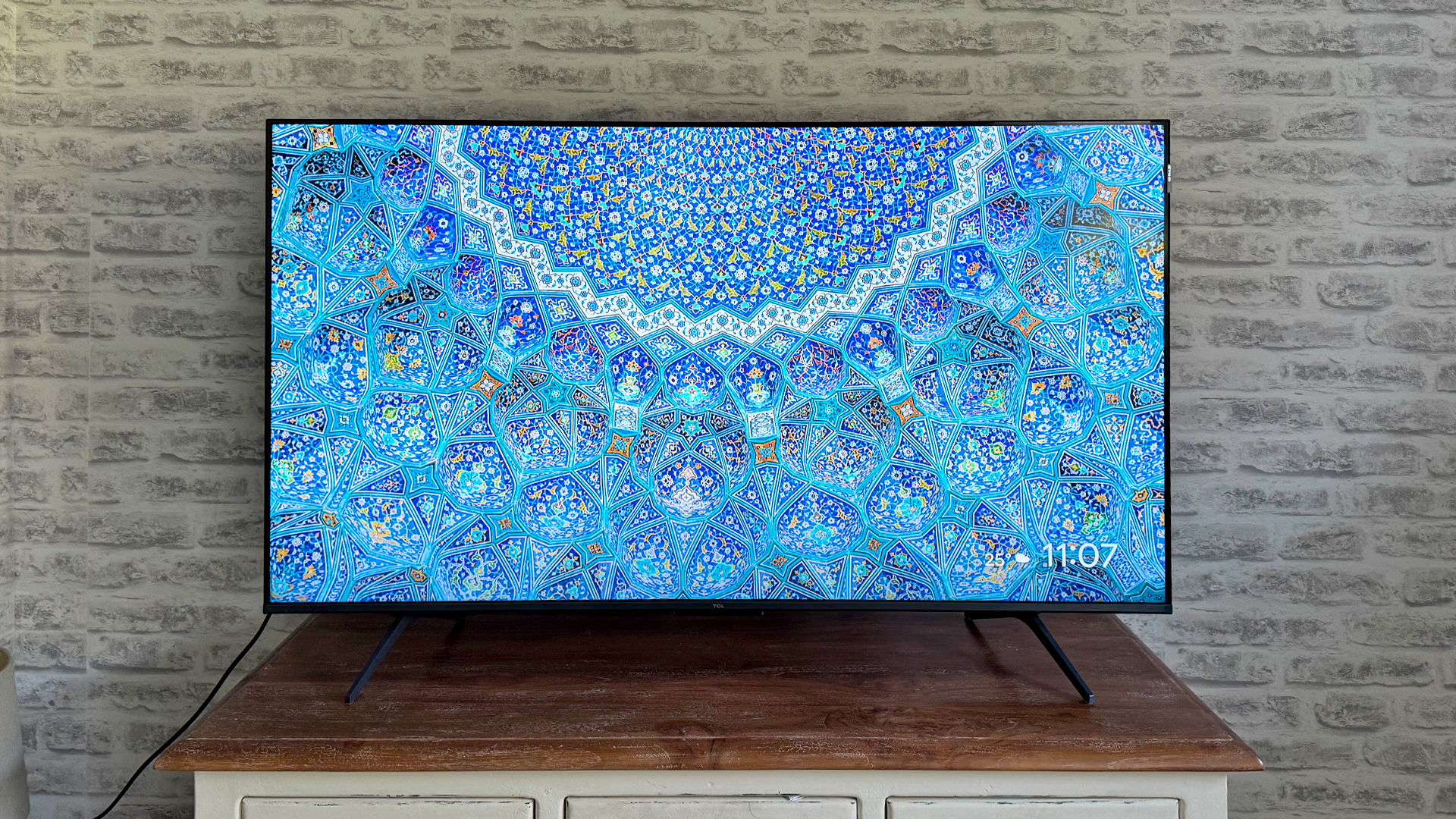
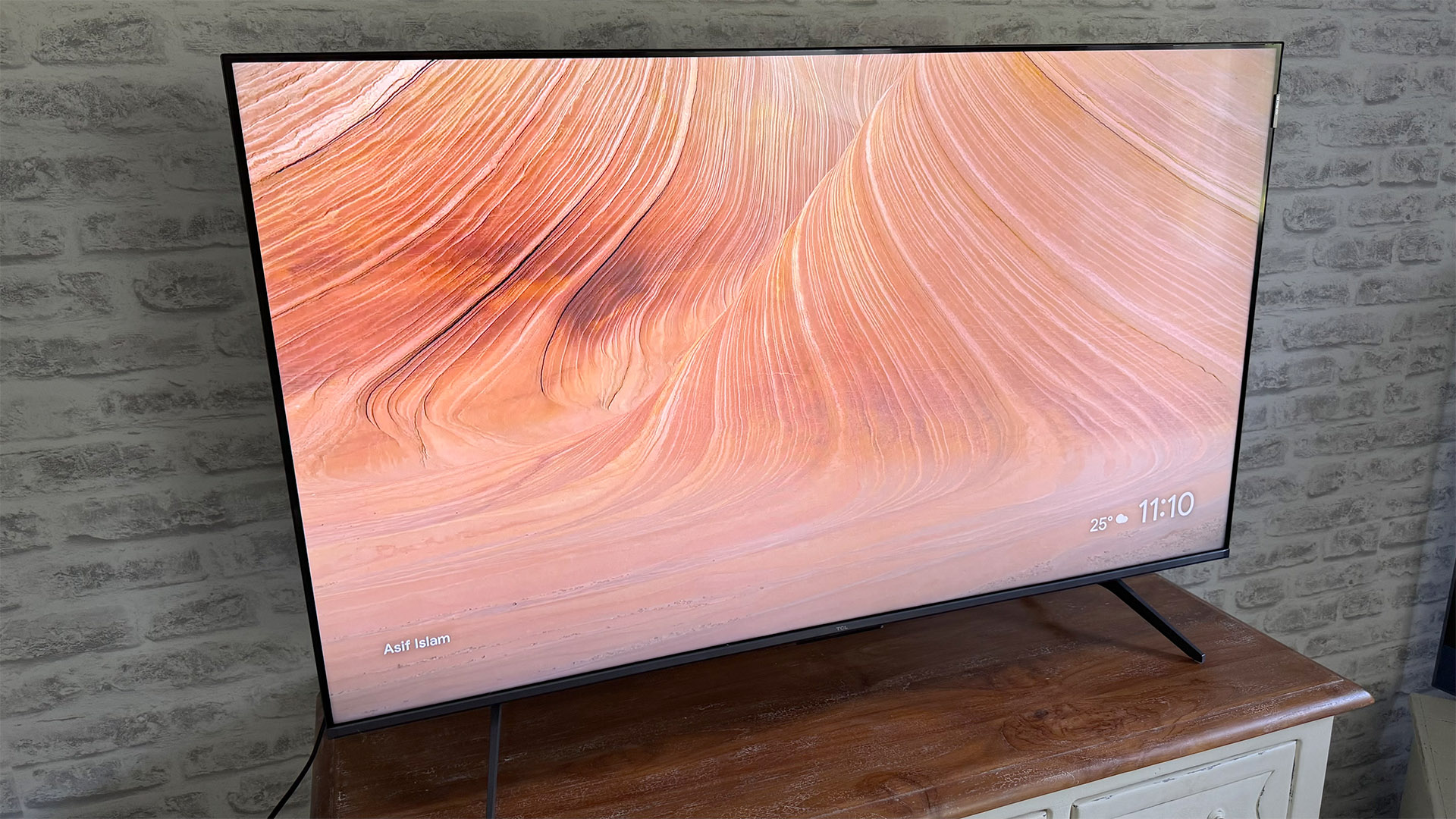
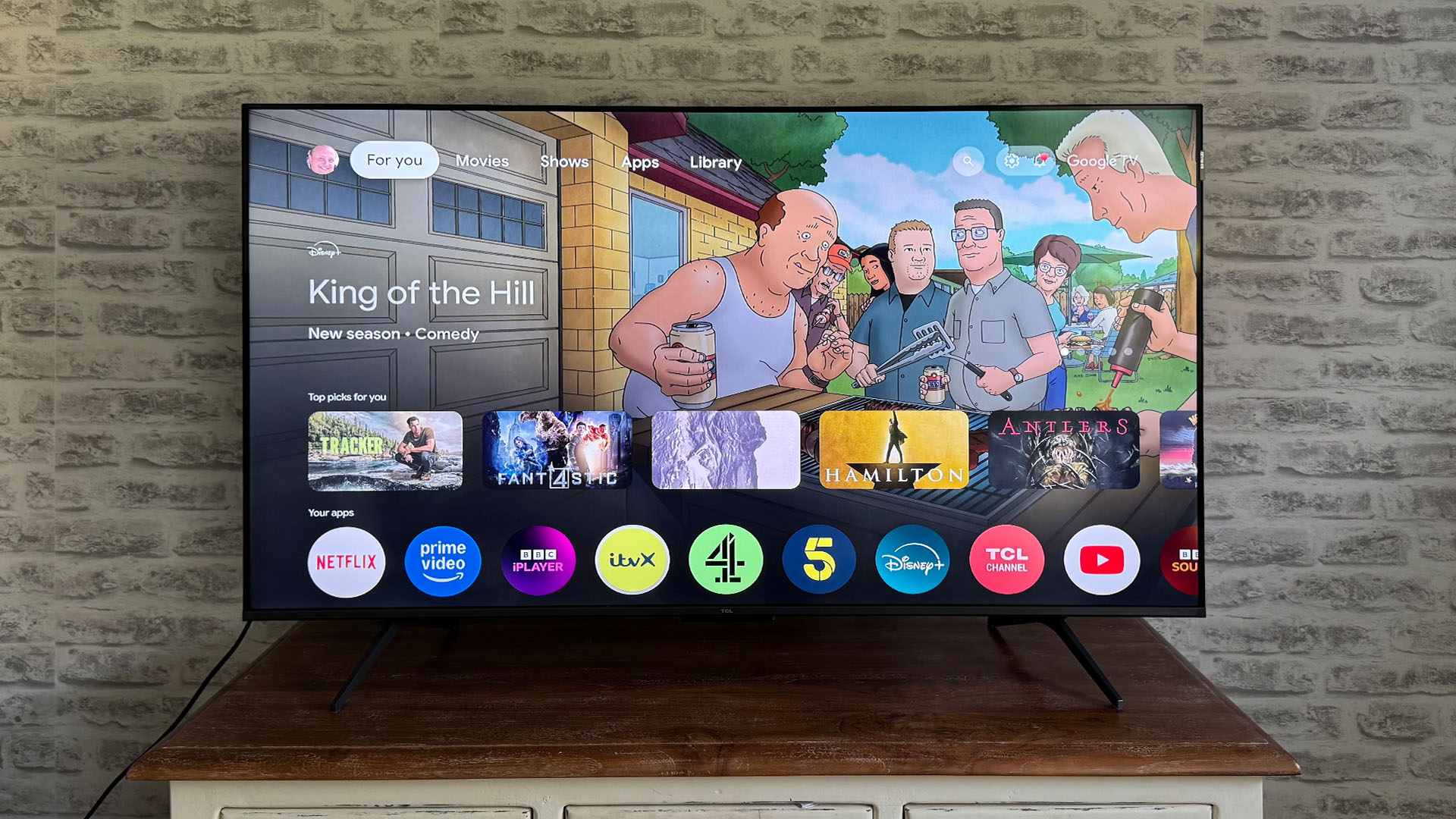
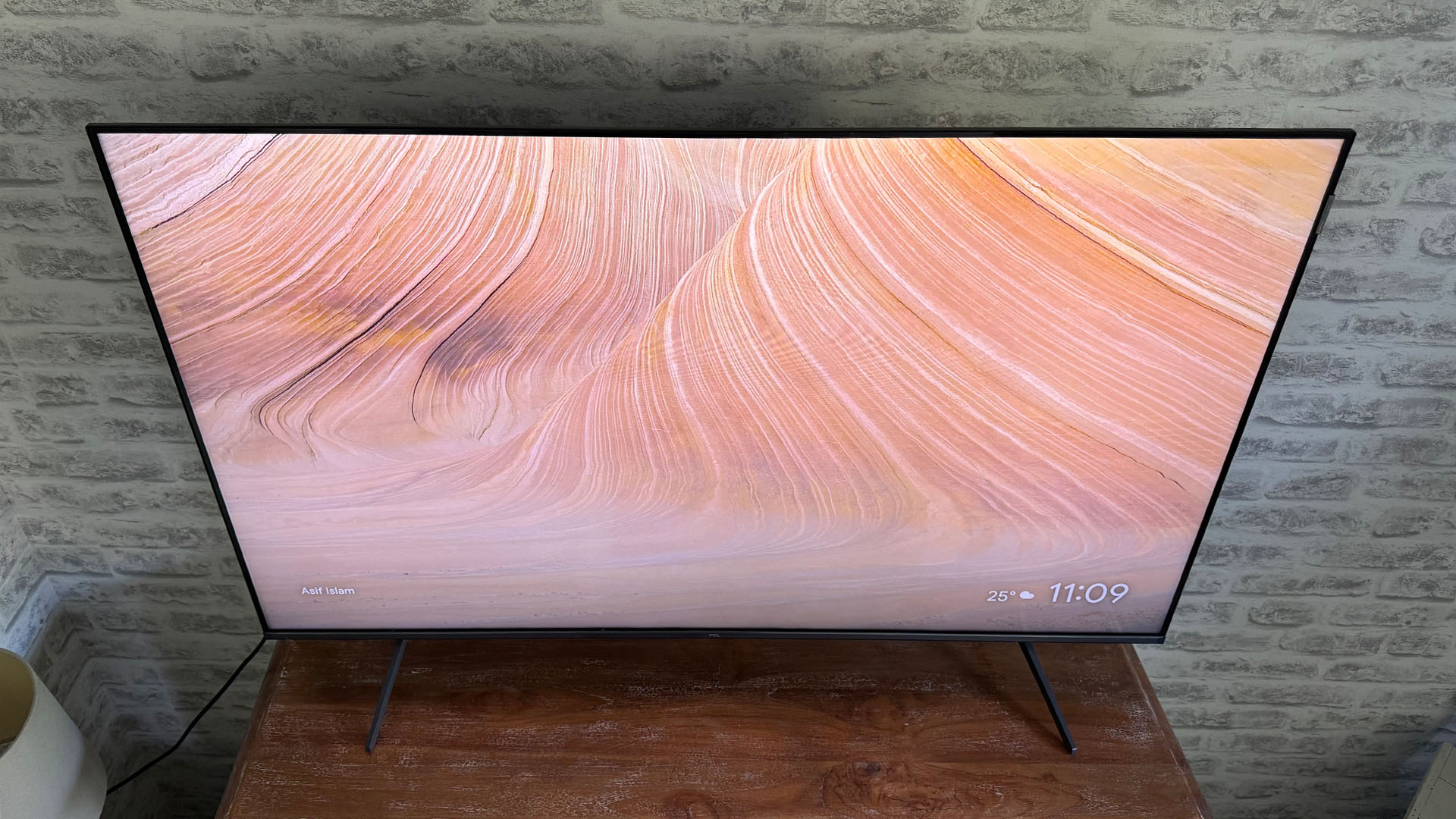
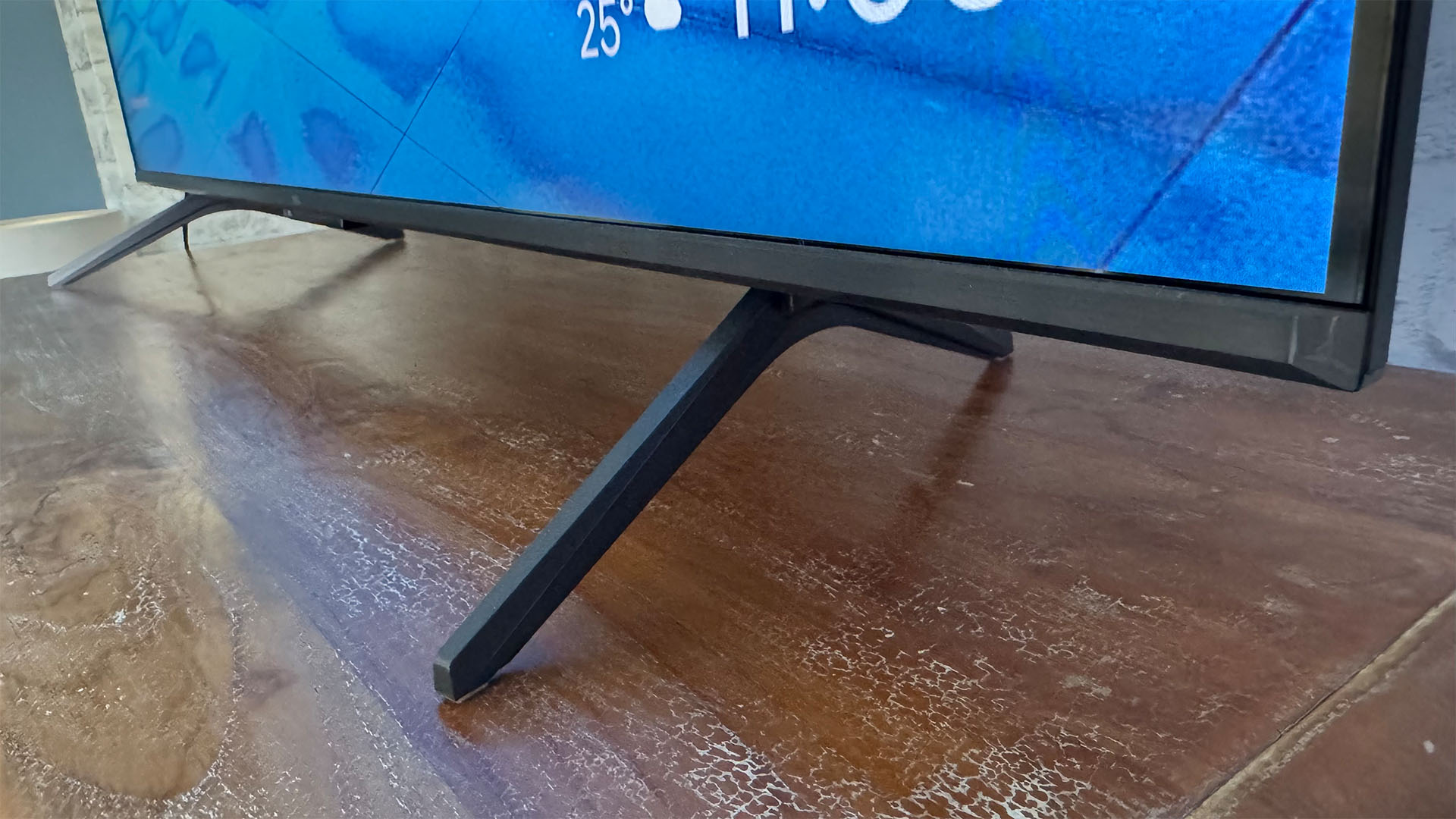


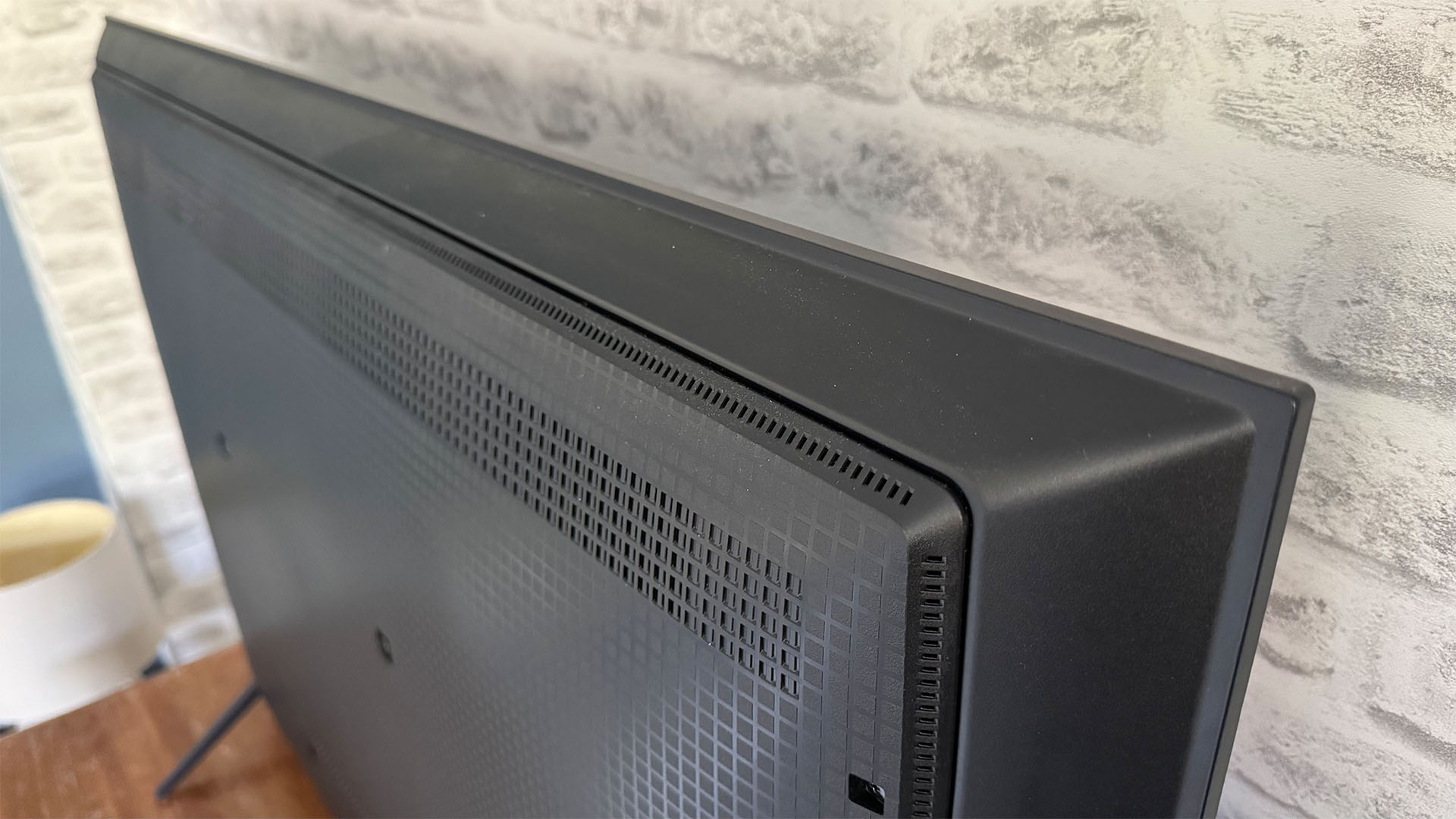
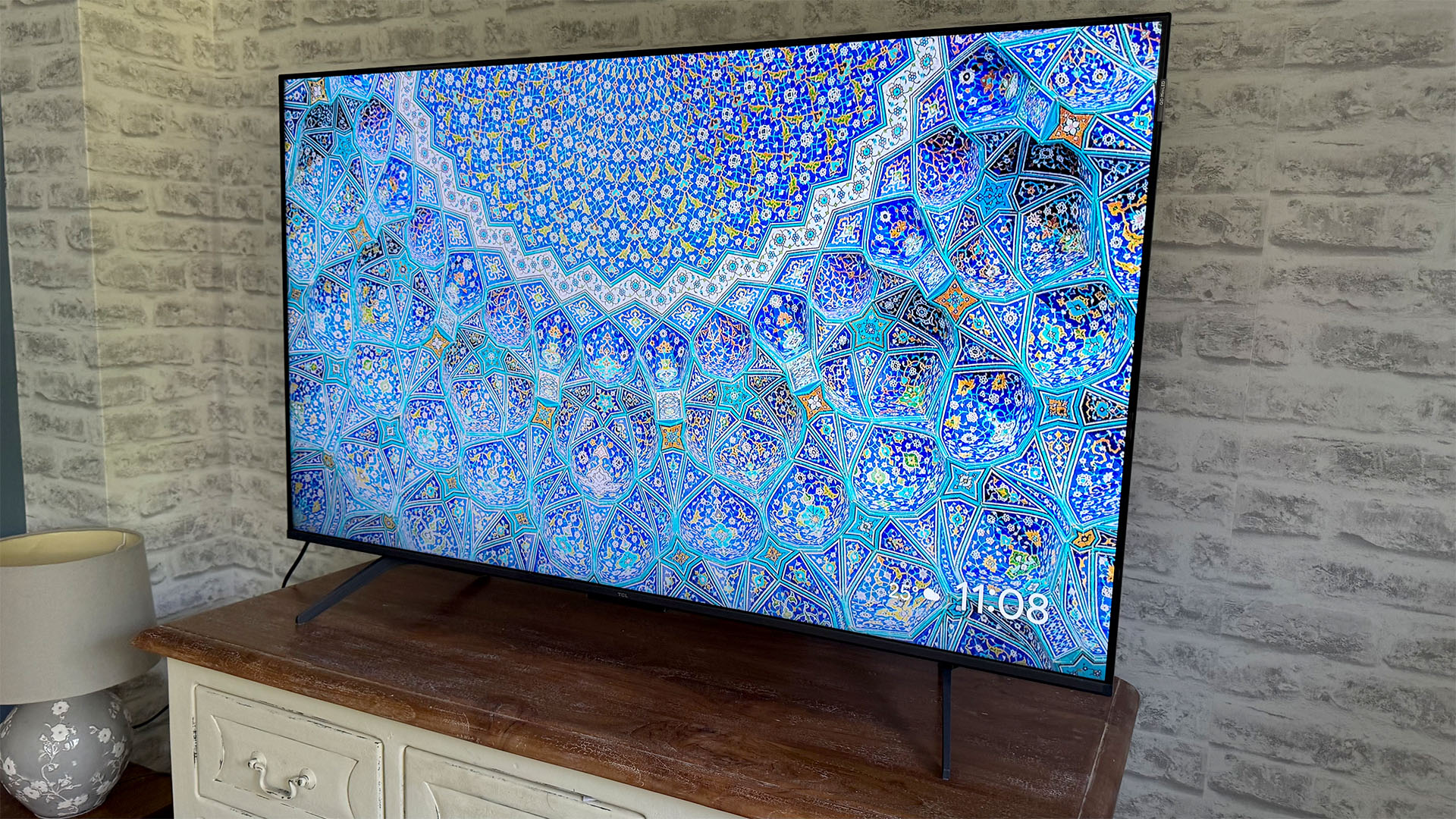
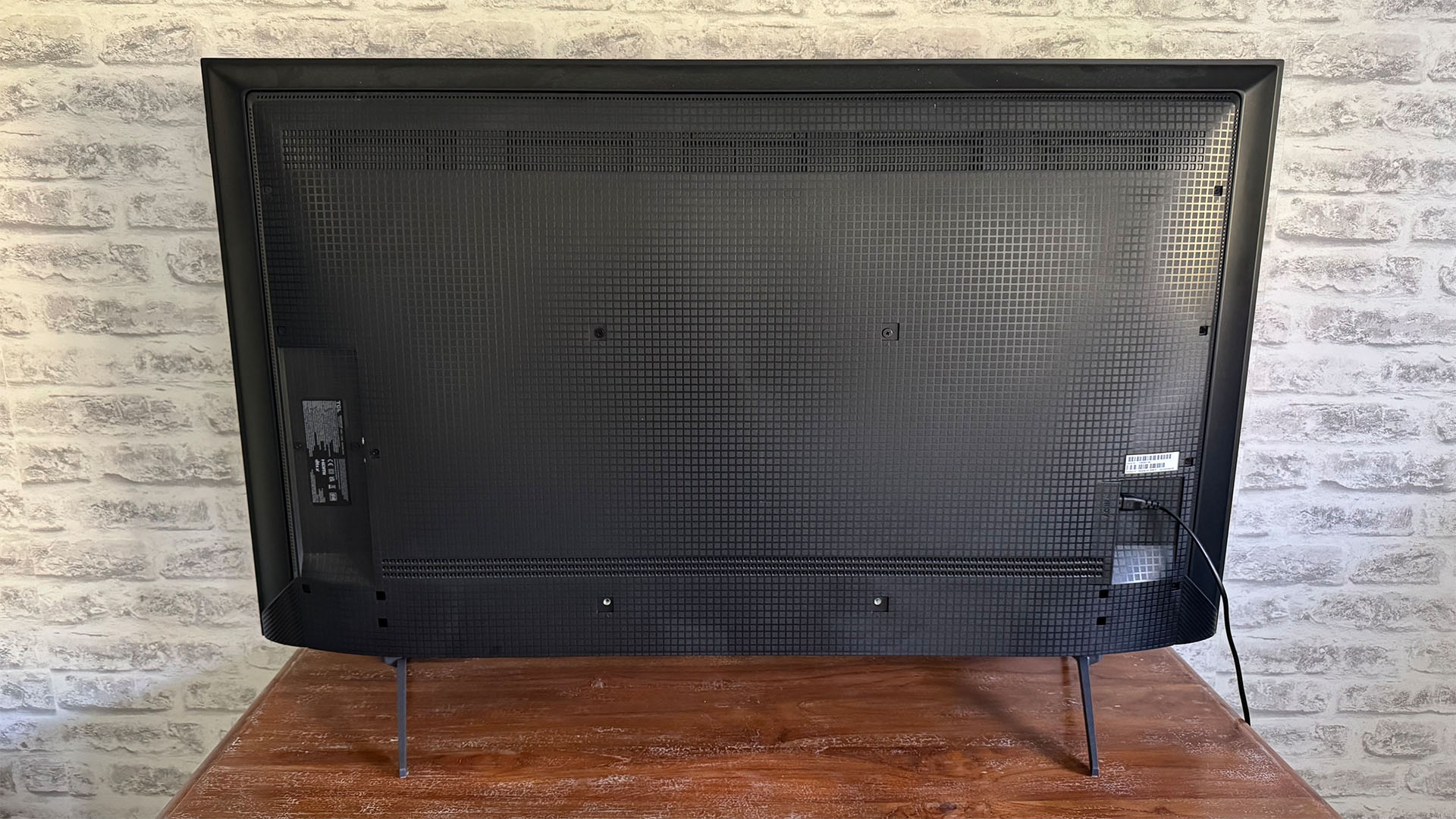
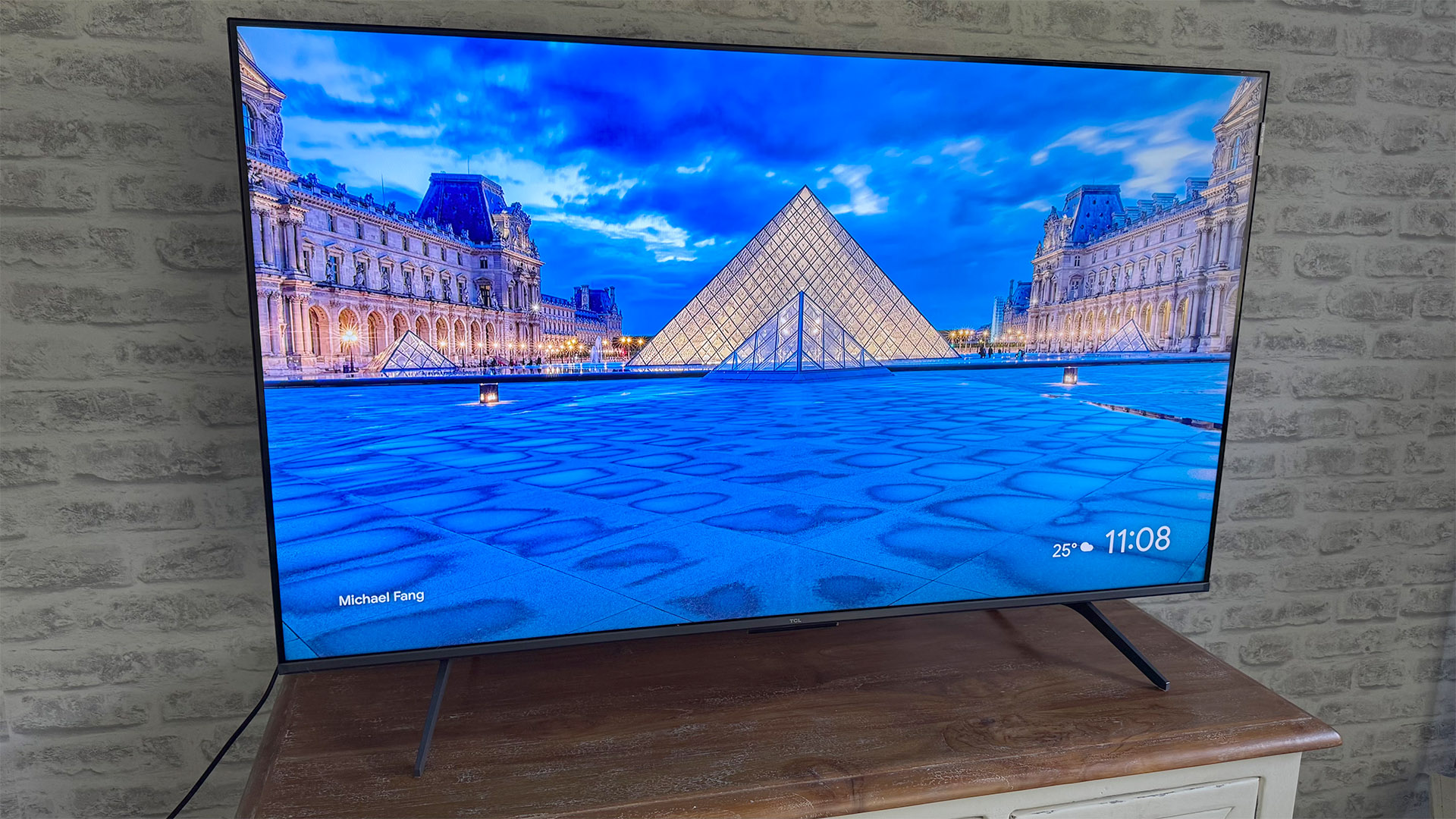
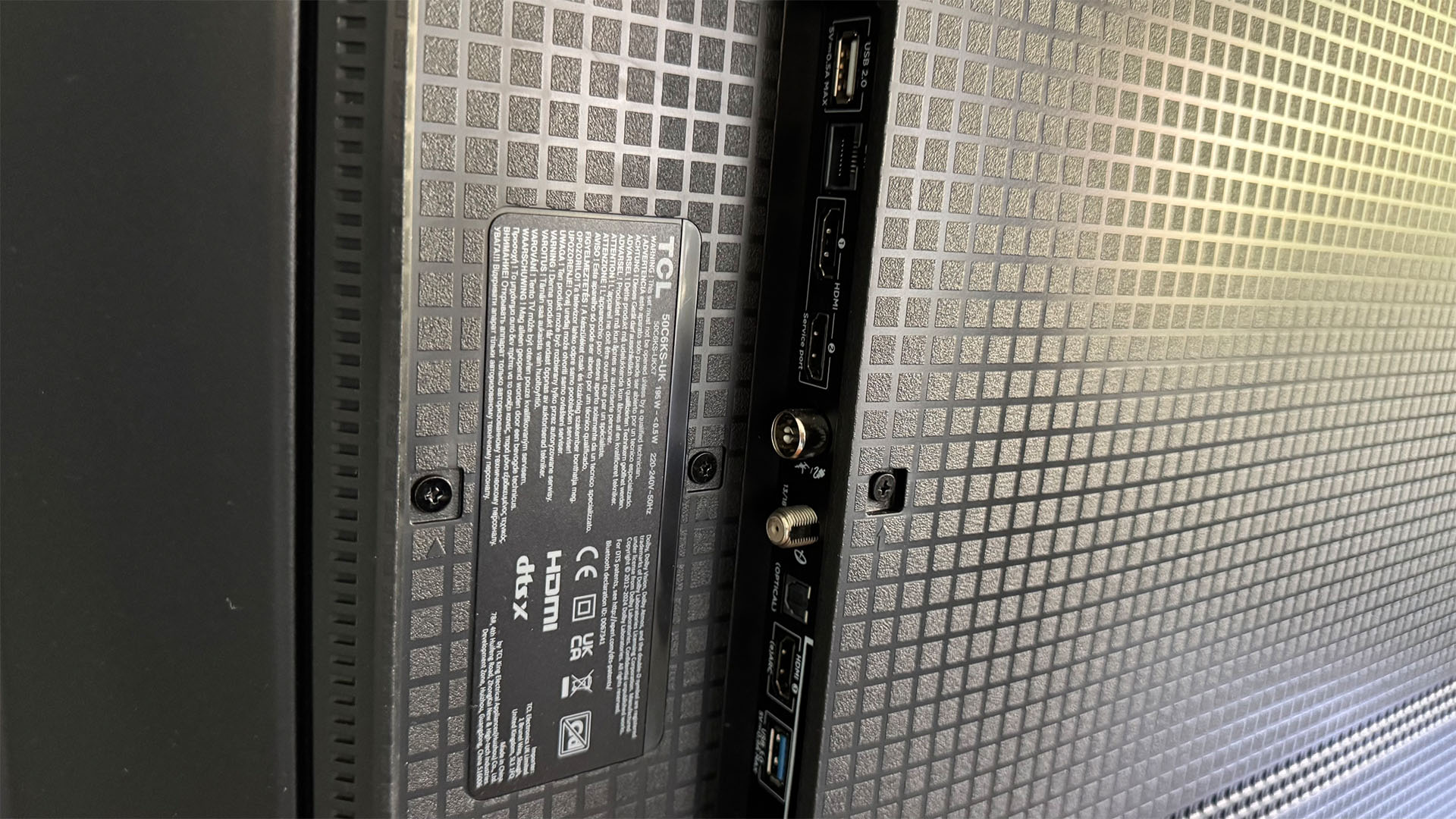
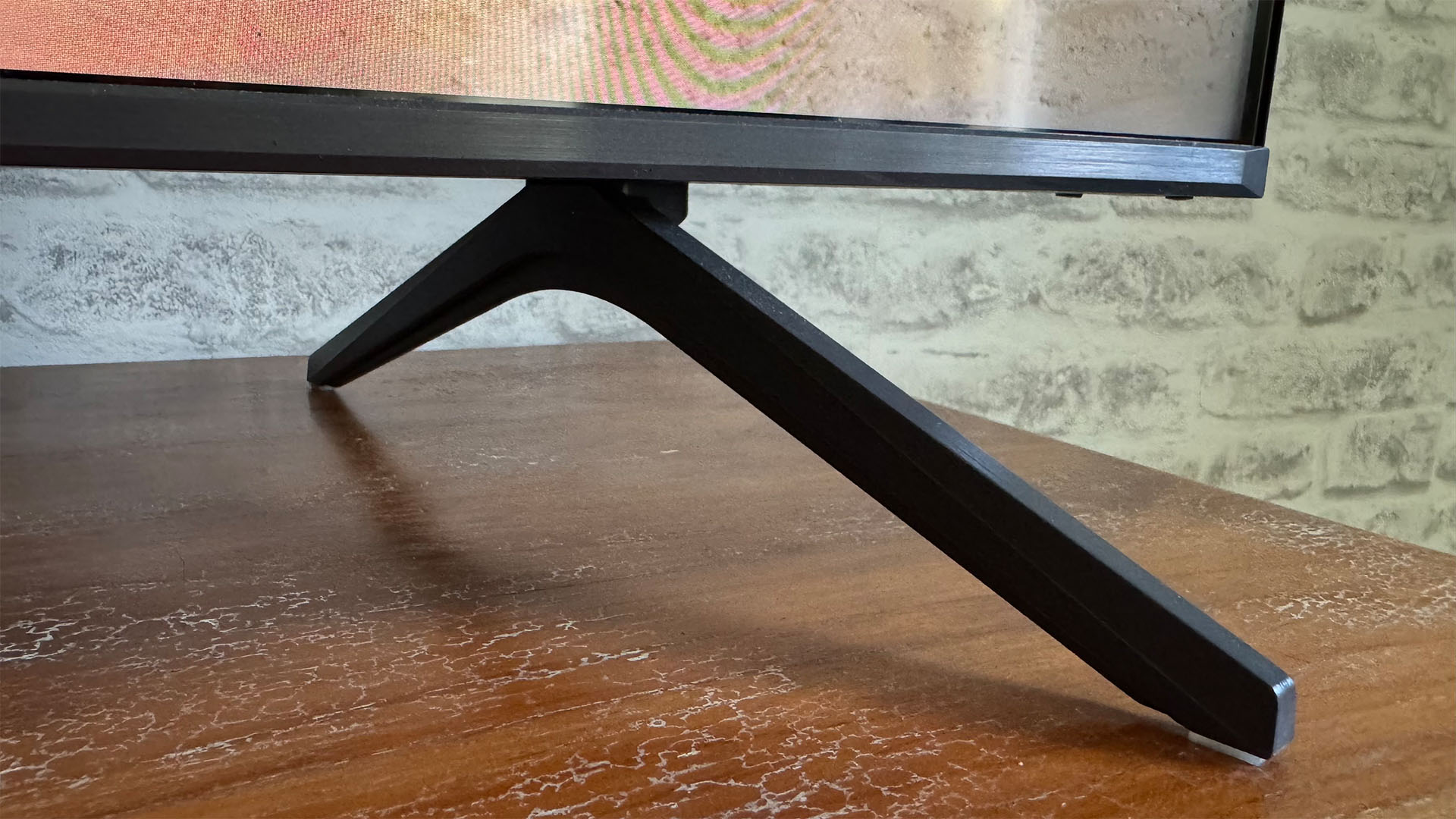
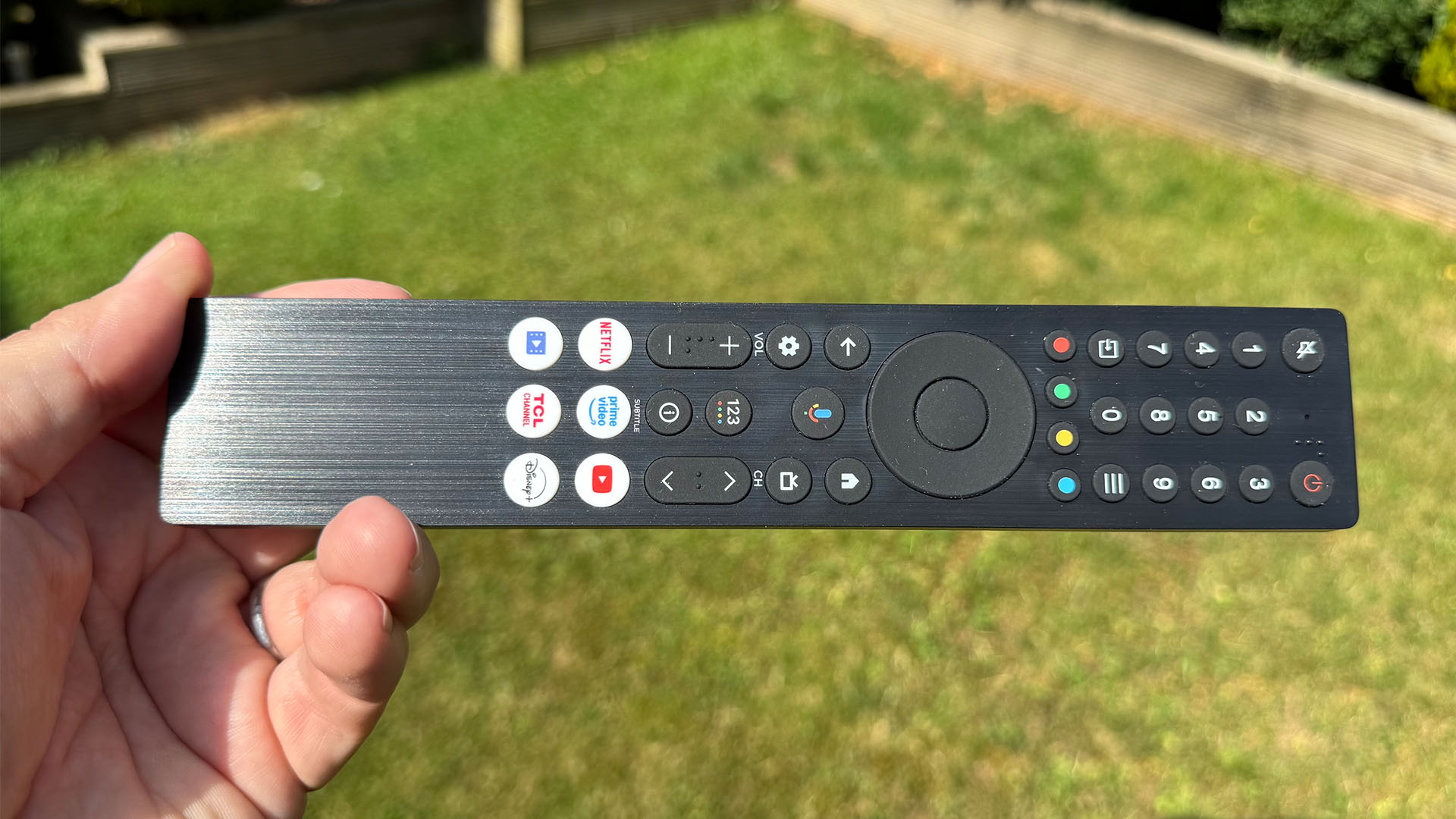
Specifications
Reasons to buy
Reasons to avoid
Finding a good, cheap TV is hard. Which is why the 50-inch TLC C6KS caused quite the stir when it passed through our viewing rooms.
Despite that modest price tag, the TV comes with a number of perks, chief of which is its Mini LED panel. Does it have as many dimming zones as a more expensive rival? No; but during testing it provided the best picture quality we have seen on a set anywhere near this price this year, making it an easy recommendation for buyers on a budget.
Highlights include surprisingly capable light control that let it deliver solid levels of contrast and comprehensive HDR support for movie fans. This led to it picking up one of this year’s Best Buy Awards as well as a five-star rating.
As we say in our TCL C6KS review: “TCL’s 50-inch C6KS just shouldn’t be as good as it is for this price – it’s hands-down one of the year’s biggest bargains.”
In fact, the only downside is that, as with all the TVs we test this price, it doesn’t have 4K/120Hz support, which might be an issue for gamers. Considering the price, though, that’s an easy omission to forgive.
Read our full 50-inch TCL C6KS review
Also consider
- 48-inch Samsung S90: The Samsung S90F is a middle ground between the LG C5 and Panasonic Z90B in this list. It has better gaming specifications than the Z90B, but isn’t quite as consistent in picture quality. Its picture is better than the C5’s during low-light scenes, but it doesn’t have Dolby Vision Gaming support, which is why the C5 beats it as our recommended TV for gamers. Still, if you don’t like either of our recommendations, it’s a fantastic alternative to both.
- 50-inch Amazon Fire TV Omni QLED: Amazon’s QLED has been one of our staple cheap TV recommendations for many moons. But it was dethroned this year by the C6KS, which offers better picture quality. However, if for some reason the TCL set doesn’t sound quite right, Amazon's 50-inch Omni QLED remains a solid alternative.
Coming soon
- LG OLED48G5: 2025 marks the first year that LG's G-series has featured a 48-inch model, which will be exciting news for those who fancy the picture frame-style design in a smaller package. Do be aware, though, that the 48-inch G5 lacks the fancy new Primary RGB Tandem OLED technology of its larger siblings.
- Philips OLED810: Philips' top 48-inch model for 2025 is the OLED810. It won't go as bright as its larger siblings, which is normal for OLED TVs this size, but we expect the 48-inch OLED810 to be brighter and more vibrant than most rivals, simply because that's how Philips tends to tune its TVs. Gaming specs look very good across the two HDMI 2.1 sockets and, of course, Ambilight is on board for an added dose of the spectacular.
How to choose the best TV for you
Picture quality
First and foremost a 50-inch TV needs to deliver decent picture quality. Whether it’s black-level performance running moody movies like The Batman, or reliable motion handling playing frantic sports fixtures, any 50-inch TV needs to deliver an immersive, accurate viewing experience for us to recommend it. If it suffers from key things, like muddy blacks, poor colour accuracy or distracting “soap opera effect” of over-processing then we won’t recommend it.
Sound quality
On top of that, we also expect it to be able to deliver “watchable” sound quality. We say “watchable” as audio is an area most modern TVs struggle with, even in the top end of the market. There are some exceptions, but this is largely due to the slim dimension of modern TVs, which make it hard to pack them with the hardware necessary to match most soundbars, let alone the audio performance of a good surround sound system.
Features
We also expect most TVs to include an adequate set of features to meet its target audience’s needs. For gamers, this includes things like whether it can run games faster than 60Hz, and has enough HDMI 2.1 connectivity to let it have more than one console connected alongside a Dolby Atmos soundbar. Many TVs, even expensive ones, still only have two HDMI 2.1 inputs, one of which doubles as an eARC. The latter is needed to connect a Dolby Atmos system.
Streaming
For general entertainment, we also check app support to make sure commonly used platforms, like Netflix, Apple TV, Disney+, Amazon Instant Video and region-specific catchup services are supported.
Value for money
We then factor price into our advice. Though we have a baseline of what we take as acceptable, we don’t expect a TV to match the performance of a rival that’s twice its price. Additionally, if a TV performs marginally better than a rival but is more expensive we’ll factor in whether we think the gains are worth the additional cost. For us to recommend it we have to feel the reader is getting great bang for their buck.
How we test TVs
Any 50-inch TV we review goes through a rigorous testing process in our dedicated London viewing rooms. During testing we apply the same checks we do to all other TV sizes.
Direct comparisons: Our testers never review in isolation or from memory. When we test a TV it is in our controlled viewing room which has been treated for sound and has controlled lighting conditions.
In addition, we will directly test it against any rival or step-down TV we think you’d also be considering. We do this using a TA-AN1000 to split the signal so we can run the same tests on each TV we’re comparing. That way we can draw direct comparisons of their performance.
Picture quality: We test 50-inch TVs' picture quality using a variety of sources. These include 4K Blu-ray test discs played using a Panasonic DP-UB820EB, and streaming services such as Netflix, Disney+ and their ilk.
We constantly update the test discs we use to reflect modern movie trends but always tailor our choices to a specific aspect of picture performance. For example, if we want to check shadow detail and black levels, we’ll opt for a dim, low brightness movie like The Batman, which is mastered at an atypically low 400 nits.
If we want to check max brightness, we’ll switch to a scene from a very bright movie, like Pan, which is mastered to a 4000 nit peak brightness. The same is true when we check HDR performance across the various standards.
We also test TVs’ upscaling capabilities using 1080p content on Netflix and DVDs, like True Grit, whose grainy quality causes most sets to struggle.
As part of the process, we will always make sure to tweak the 50-inch TV's settings to get the best possible performance out of it. We don’t fully calibrate a TV during the process as this is a step beyond what most regular buyers would be able to do.
Audio quality: To gauge audio quality we run a series of demanding tests taking the same direct comparisons we do with picture quality. At the start, we will play a series of movies to gauge general performance and immersion levels.
But we’ll also do more difficult stress tests. These can include things like playing challenging scenes, such as the bass-heavy second scene of BladeRunner 2049, to check for things like distortion and speaker rattle. We’ll also check the TV’s various audio settings to get the best performance possible. On sets with Dolby Atmos in-built speaker systems, we’ll check performance here and see how effectively they can replicate the “dome of sound” experience.
App support and gaming features: We never take a TV’s spec sheet as gospel. As part of that, we’ll open popular apps, like Netflix and Disney+, to make sure they support and can output the HDR and surround standards they purport to – you’d be surprised how many don’t.
For gamers, we’ll do the same for things like VRR, 4K/120Hz and ALLM with a PS5 and Xbox Series X connected. We also check input lag using a Leo Bodnar device on any set we test, to make sure it can deal with competitive, reaction focussed games.
FAQ
Is 50-inches big enough for a lounge TV?
The best-sized TV is always determined by the space you’re putting it in. That’s why we always recommend measuring your space before buying a TV. This is important as, while bigger screens can be more immersive to watch, they can take up a lot of space, and you want a reasonable viewing and listening distance to get the best experience possible. You can see how to do this in detail in our “which TV size should you buy?” guide.
However, 50-inches is generally a good option if you’re short on space, which is why we find they tend to work best in smaller living rooms, or larger bedrooms. The big thing to remember is that, if you want the best experience possible, you will want to invest in a soundbar or speaker package, so you should factor in the space for those as well.
Are 48-inch OLEDs the best?
If you read What Hi-Fi? regularly, you’ll know OLED TVs are a staple fixture in our general best TV guide. But 48-inch OLEDs are still not as common as you’d think, and there are still a number of OLED TV ranges that start with 55-inch options. 48-inch options only tend to appear in step-down lines, like the LG C-series.
As to if these are always better than their LCD rivals, the answer is a firm 'it depends'. While they offer superior black levels due to the way they generate images by charging individual pixels, rather than a whole backlight, they don’t always perform better in other key metrics. We’ve tested plenty of LCD/Mini LED sets that offer better value, max brightness levels, colour accuracy and audio quality than competing OLEDs. You should never take OLED as an automatic badge of quality, and do your research on sites like What Hi-Fi? before buying a 50-inch TV.
How much should you spend on a 50-inch TV?
This depends on your budget and specific needs. 50-inch TV prices range from a few hundred bucks all the way up to thousands. On top of that, having compared numerous sets side-by-side, we can confirm that paying more doesn’t automatically mean getting the best 50-inch TV possible.
We recommend thinking about your specific needs. If you don’t game you can cut costs by not worrying about needing multiple HDMI 2.1 inputs. Equally if you just plan to watch terrestrial TV you probably don’t need to worry as much about apps’ HDR support. However, we would warn you that many of the latest sub-£400/$400 TVs we’ve tested have been outright terrible, featuring terrible picture processing, poor black levels and poor picture uniformity. Which is why the cheapest set we currently recommend still floats at around the £500/$500 mark.
Recent updates
- October 2025: Panasonic Z90B, LG C5 and TCL C6KS made our main recommendations.
- May 2025
All sections and entries have been checked and updated to reflect our most up-to-date buying advice, and we've added a new 'coming soon' section, where you will find all of the upcoming 48- and 50-inch TVs that we're most excited to test. We've removed the 'also consider' section due to a lack of readily available alternatives to our main recommendations. - July 2024
Added the LG C4 to the also consider section. - May 2024
Updated intro. - March 2024
Added new intro, top tips, also consider, how we choose, how we test and FAQ sections.
Useful links
Why you can trust What Hi-Fi?
- Looking for a bargain? Here are the best cheap TVs
- Hardcore gamer? These are the very best gaming TVs
- Need a certain size? We've rounded-up the best 55-inch TVs
- Need something bigger? What about the best 65-inch TVs
- Want a future-proof TV? Here are the best 8K TVs
The latest hi-fi, home cinema and tech news, reviews, buying advice and deals, direct to your inbox.
Tom Parsons has been writing about TV, AV and hi-fi products (not to mention plenty of other 'gadgets' and even cars) for over 15 years. He began his career as What Hi-Fi?'s Staff Writer and is now the TV and AV Editor. In between, he worked as Reviews Editor and then Deputy Editor at Stuff, and over the years has had his work featured in publications such as T3, The Telegraph and Louder. He's also appeared on BBC News, BBC World Service, BBC Radio 4 and Sky Swipe. In his spare time Tom is a runner and gamer.
